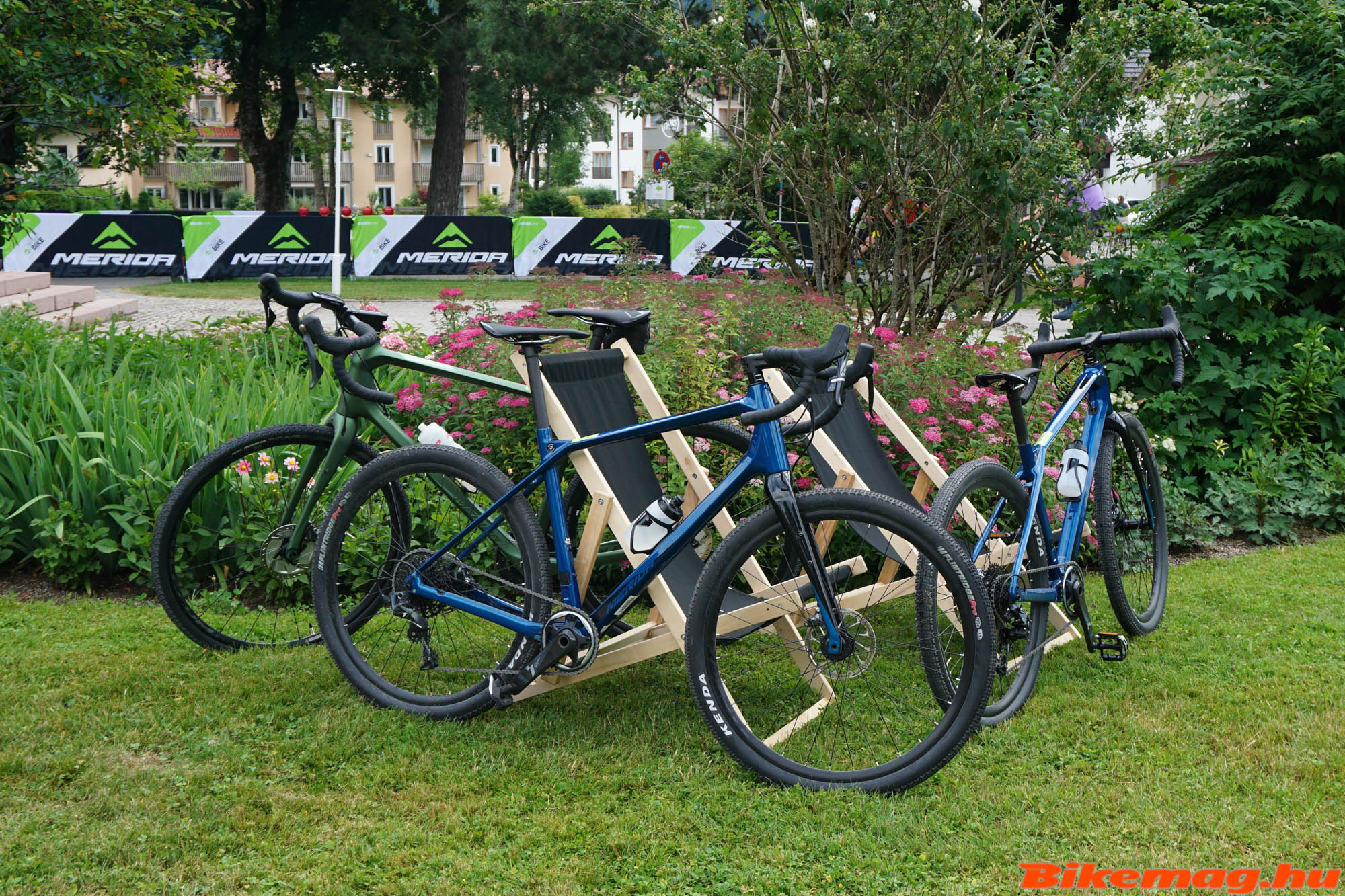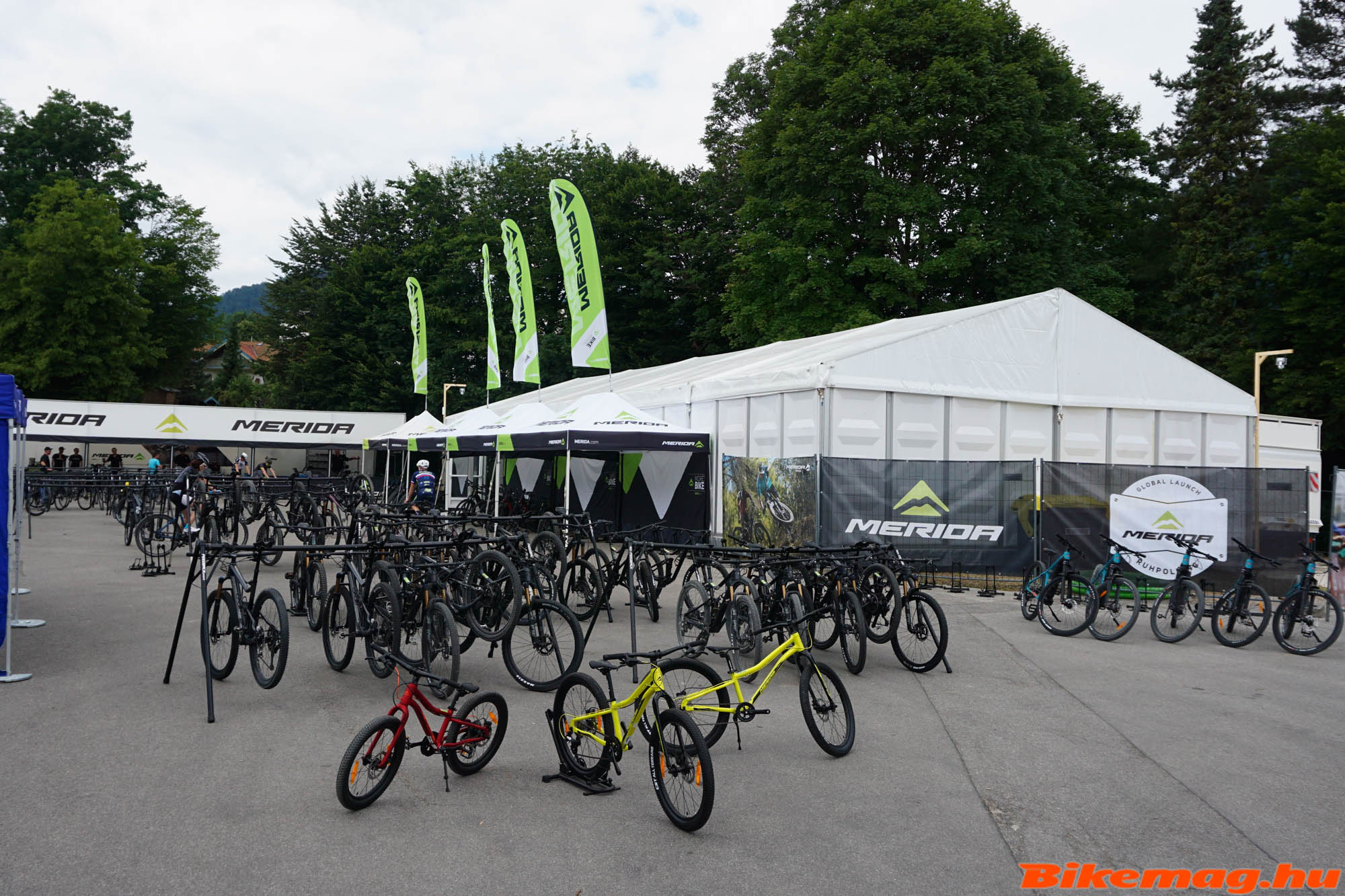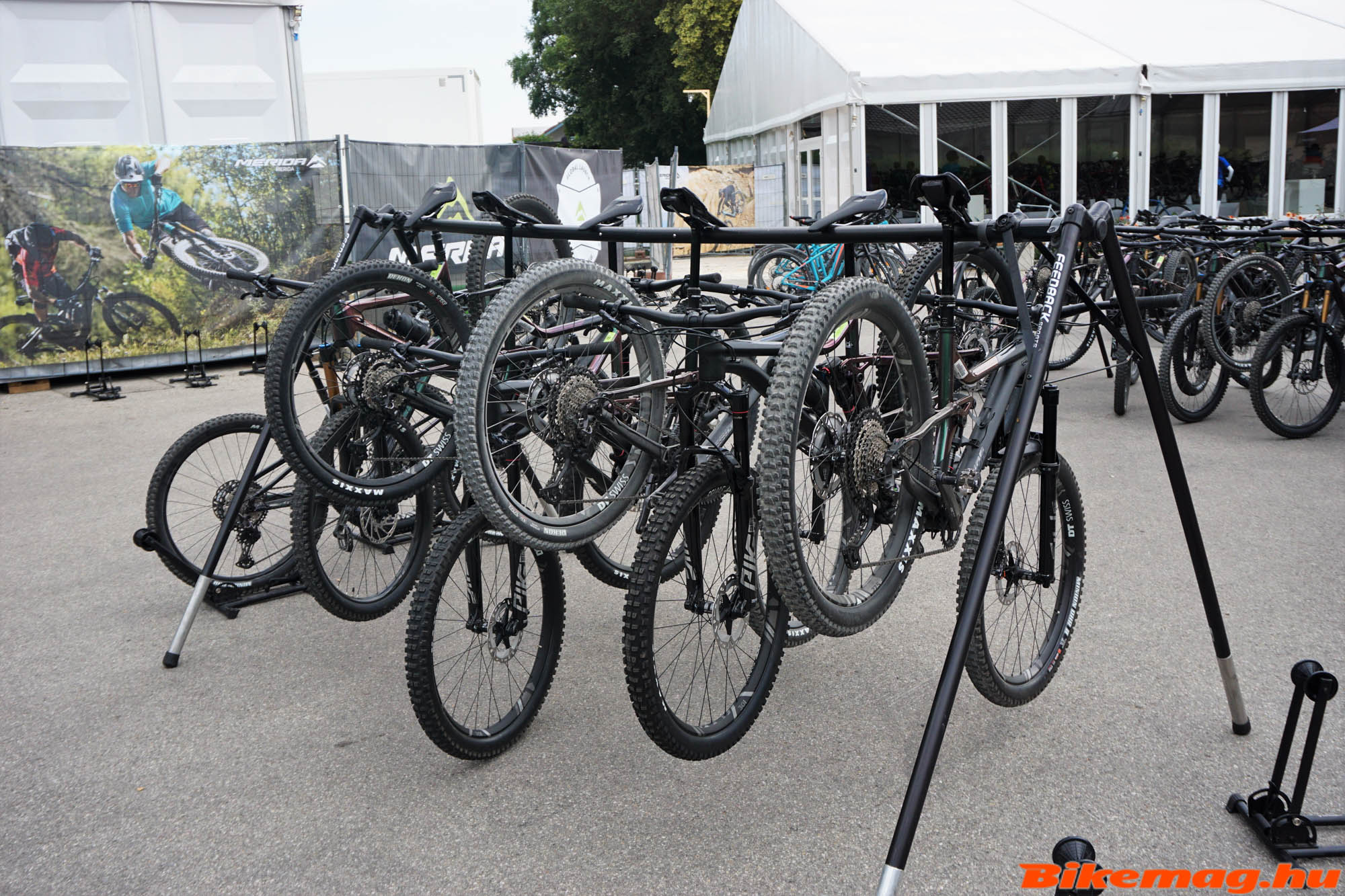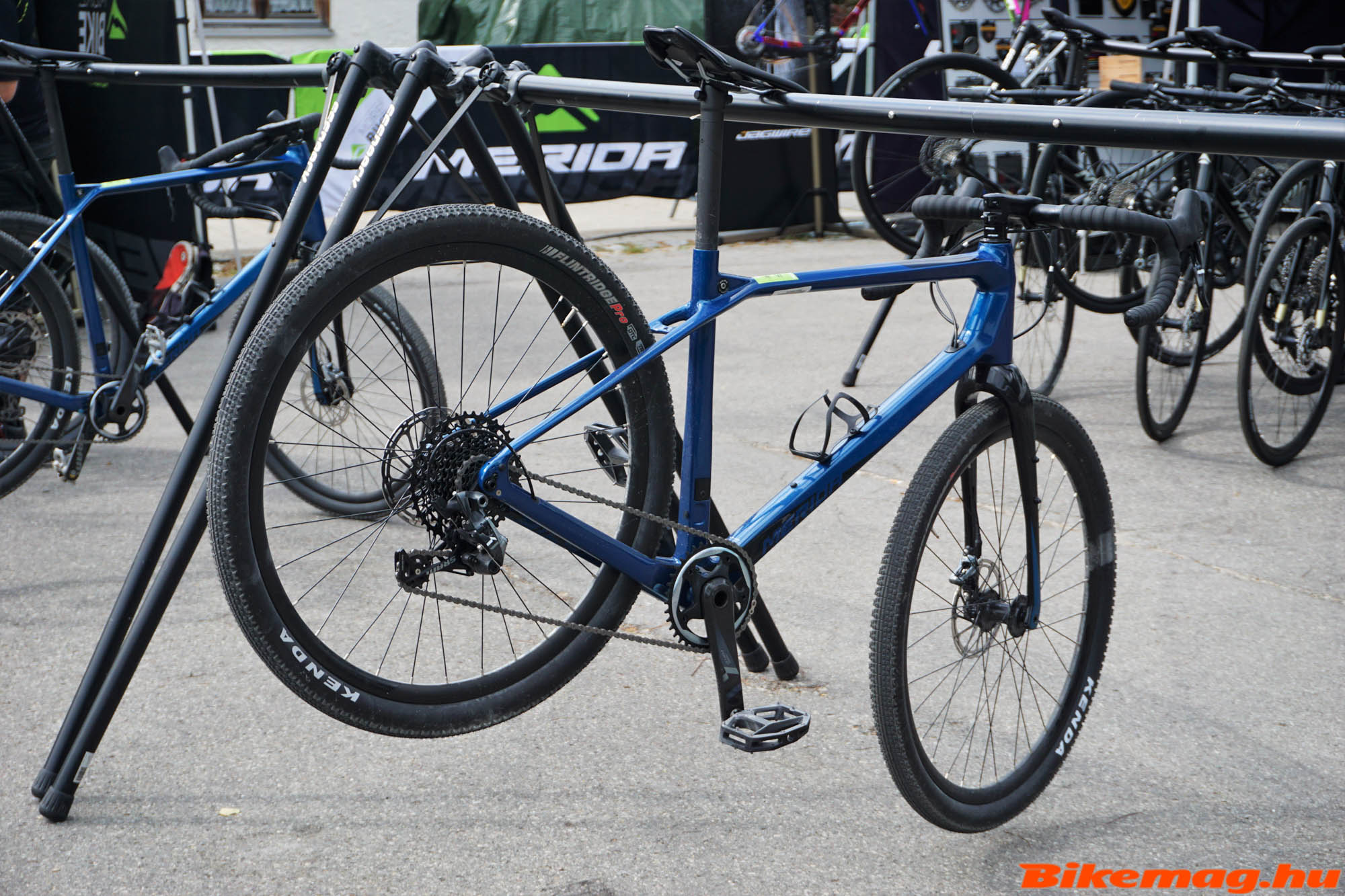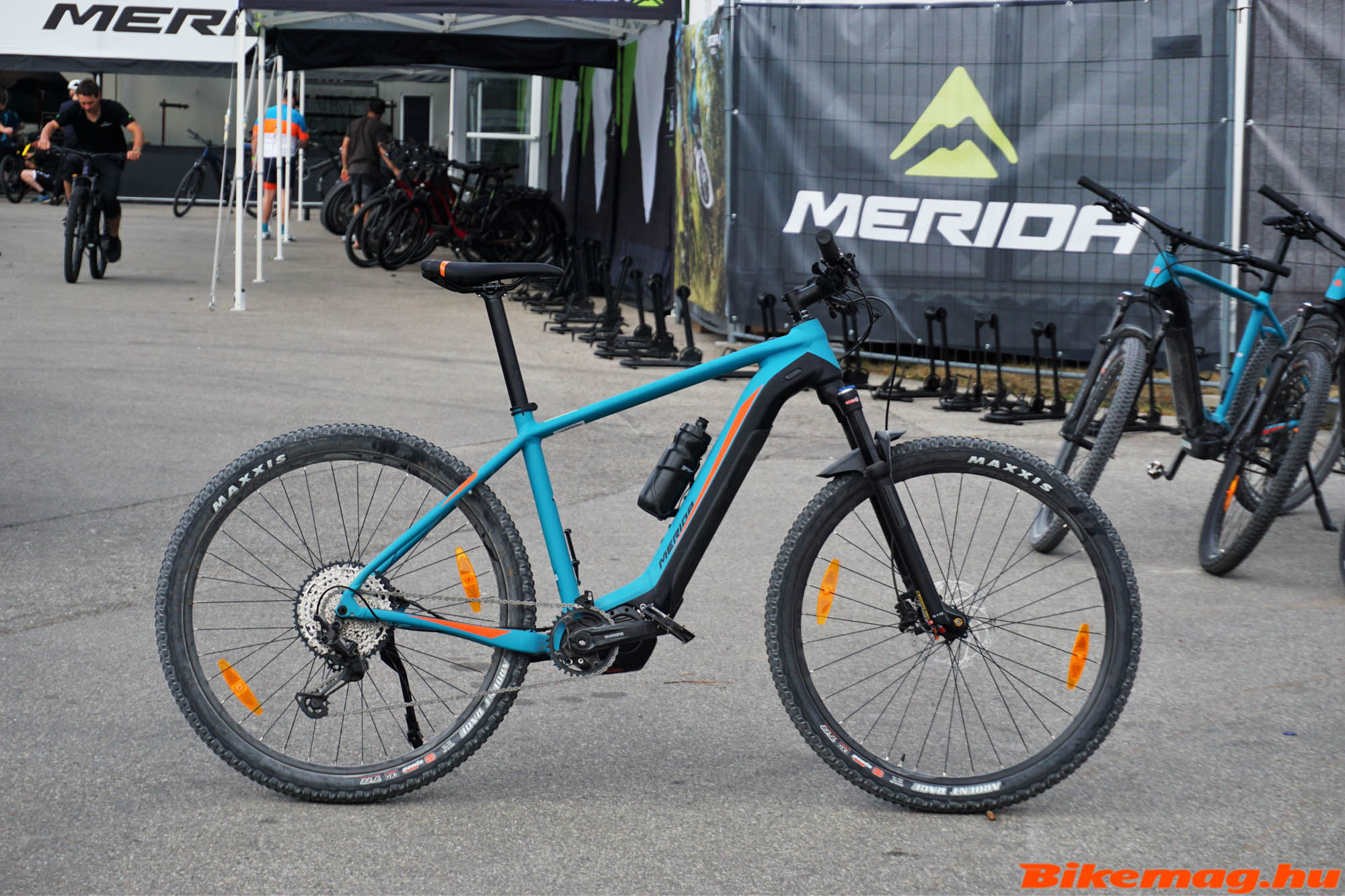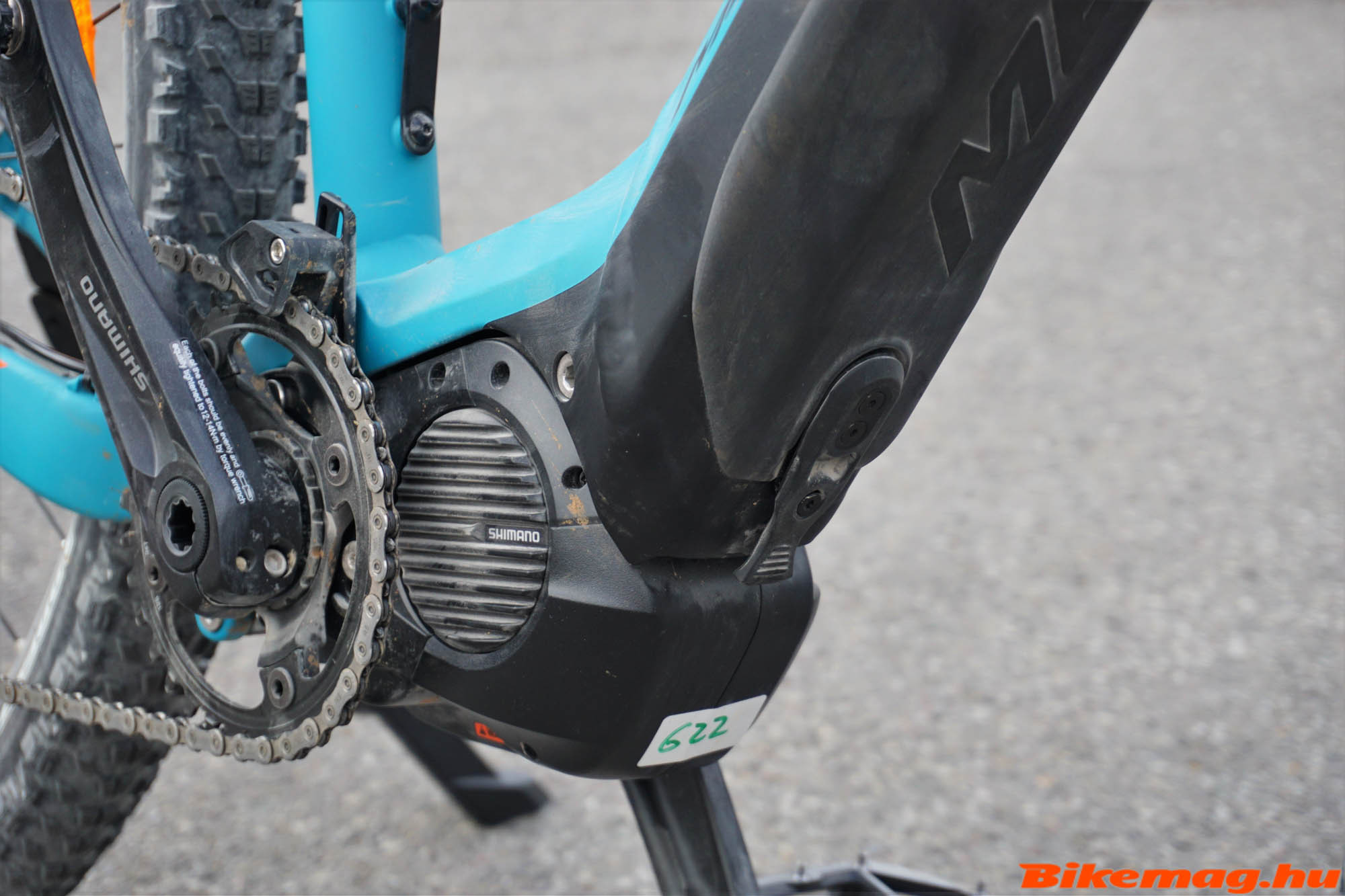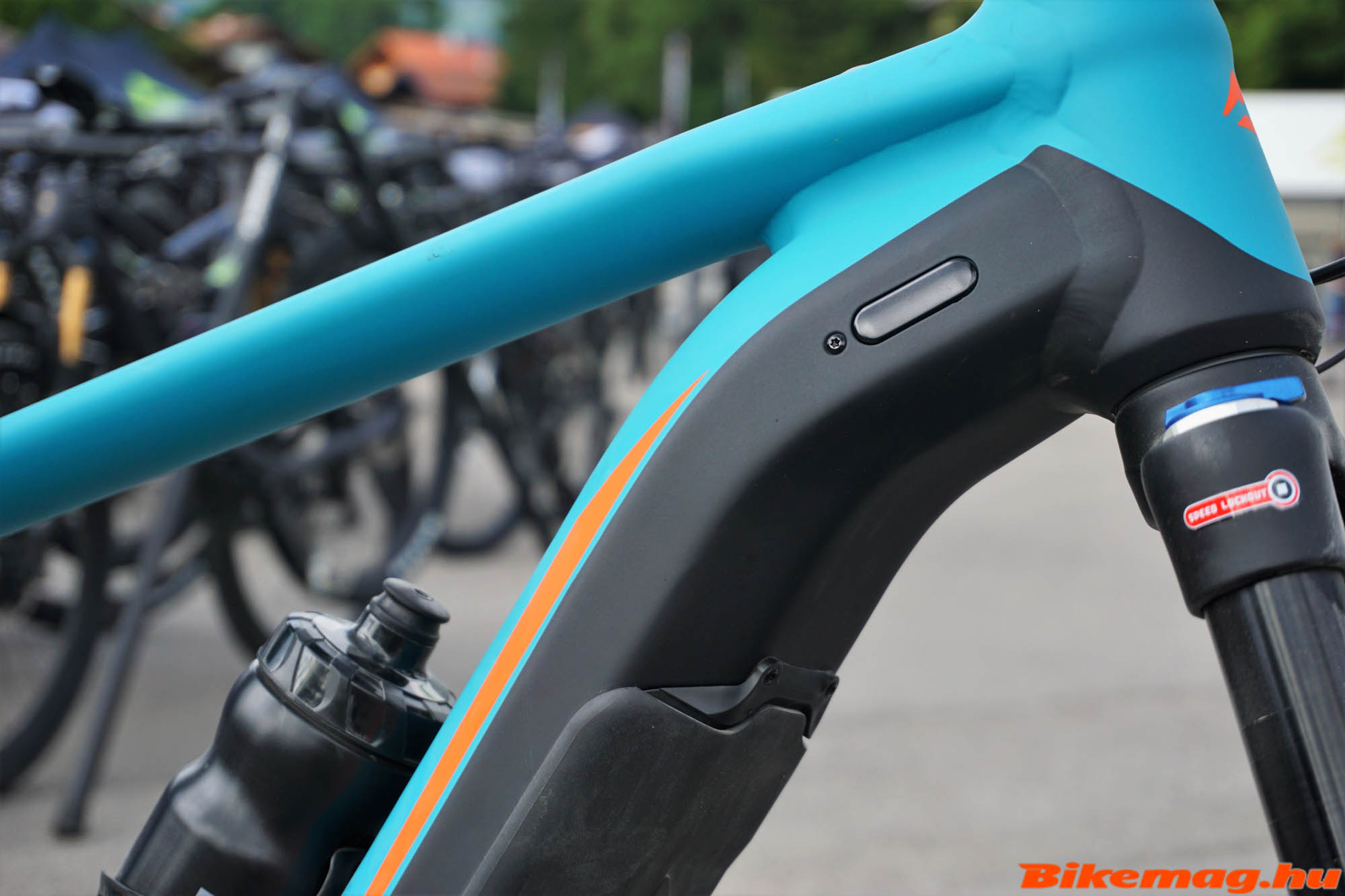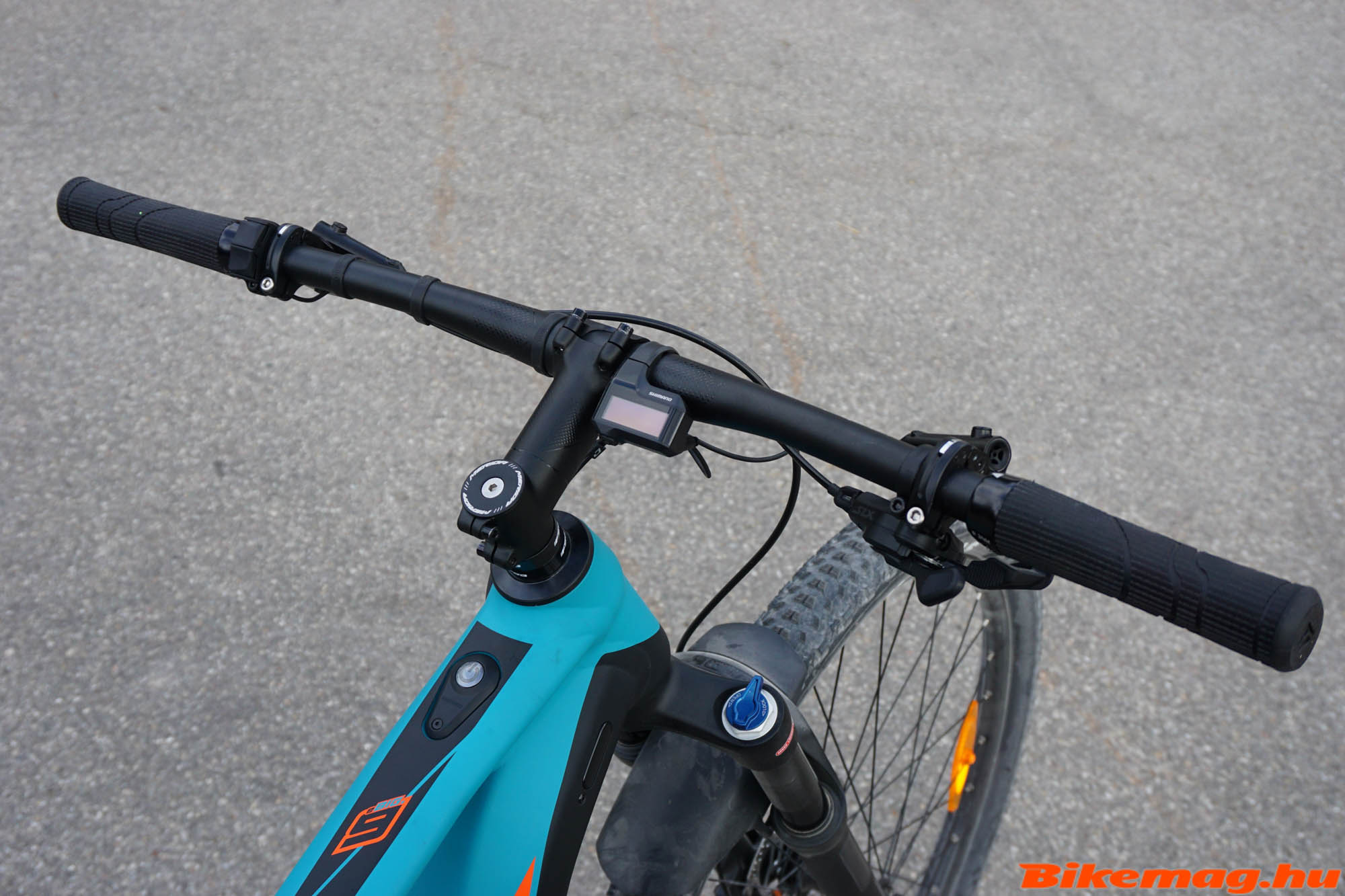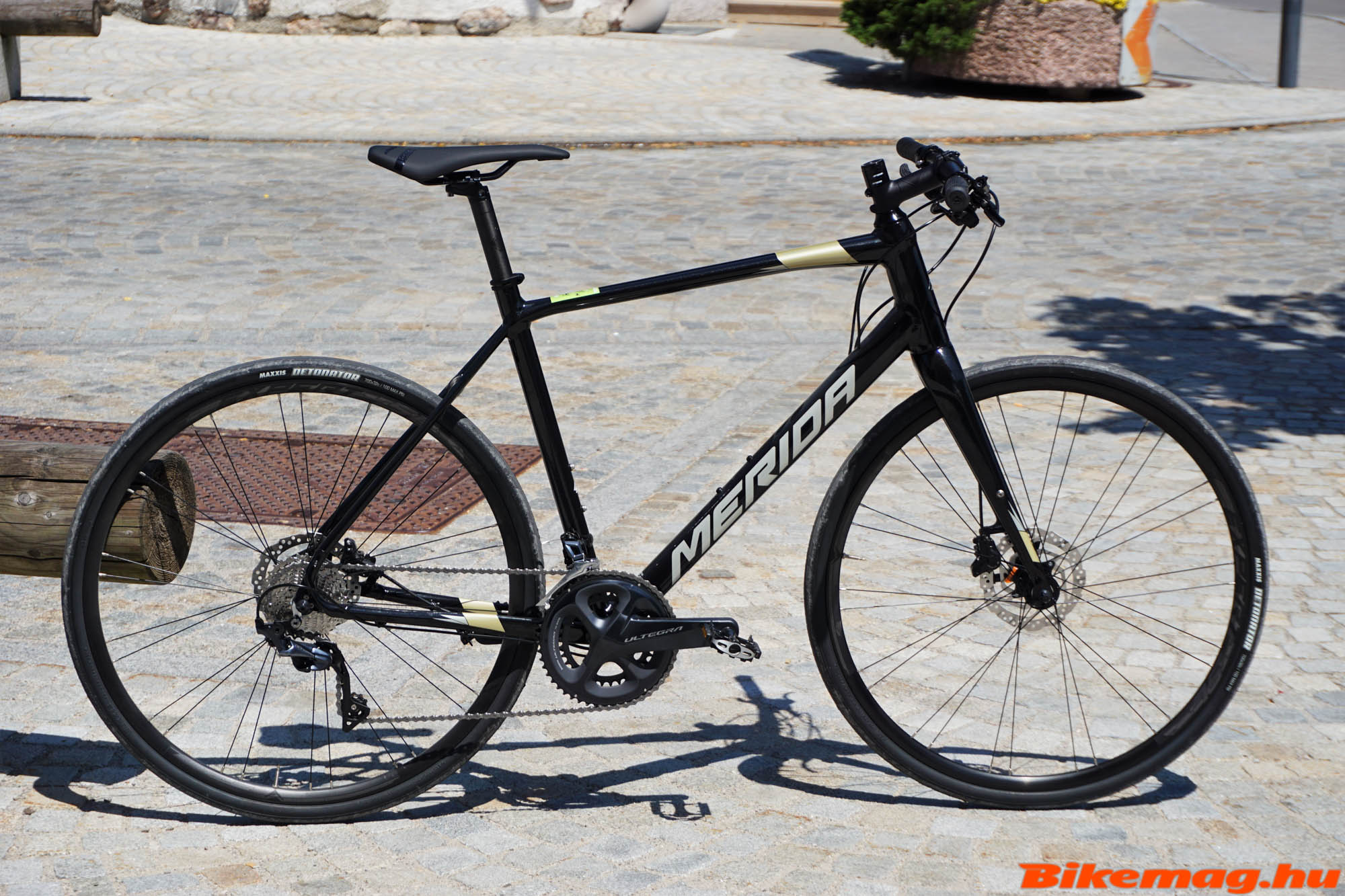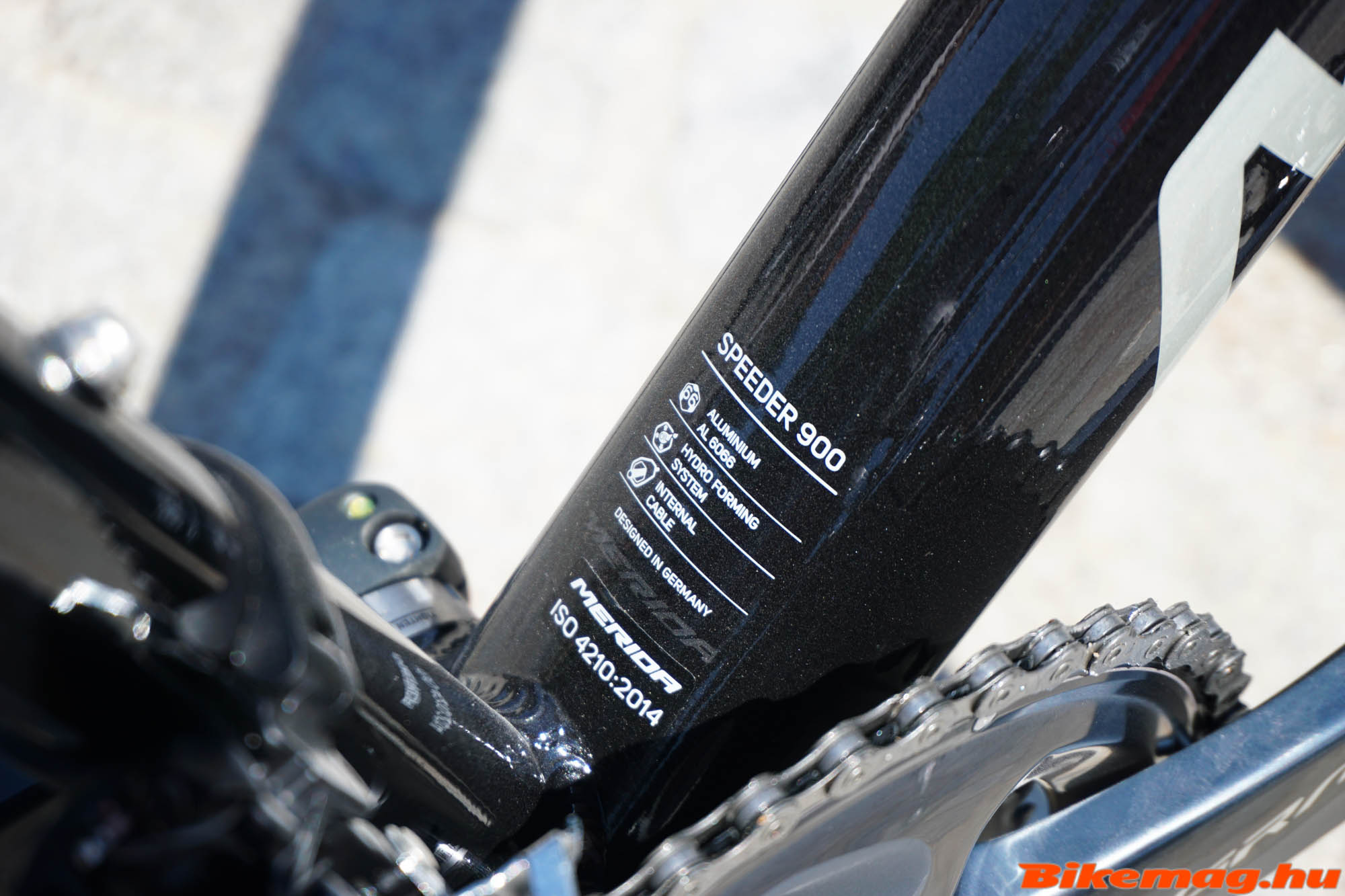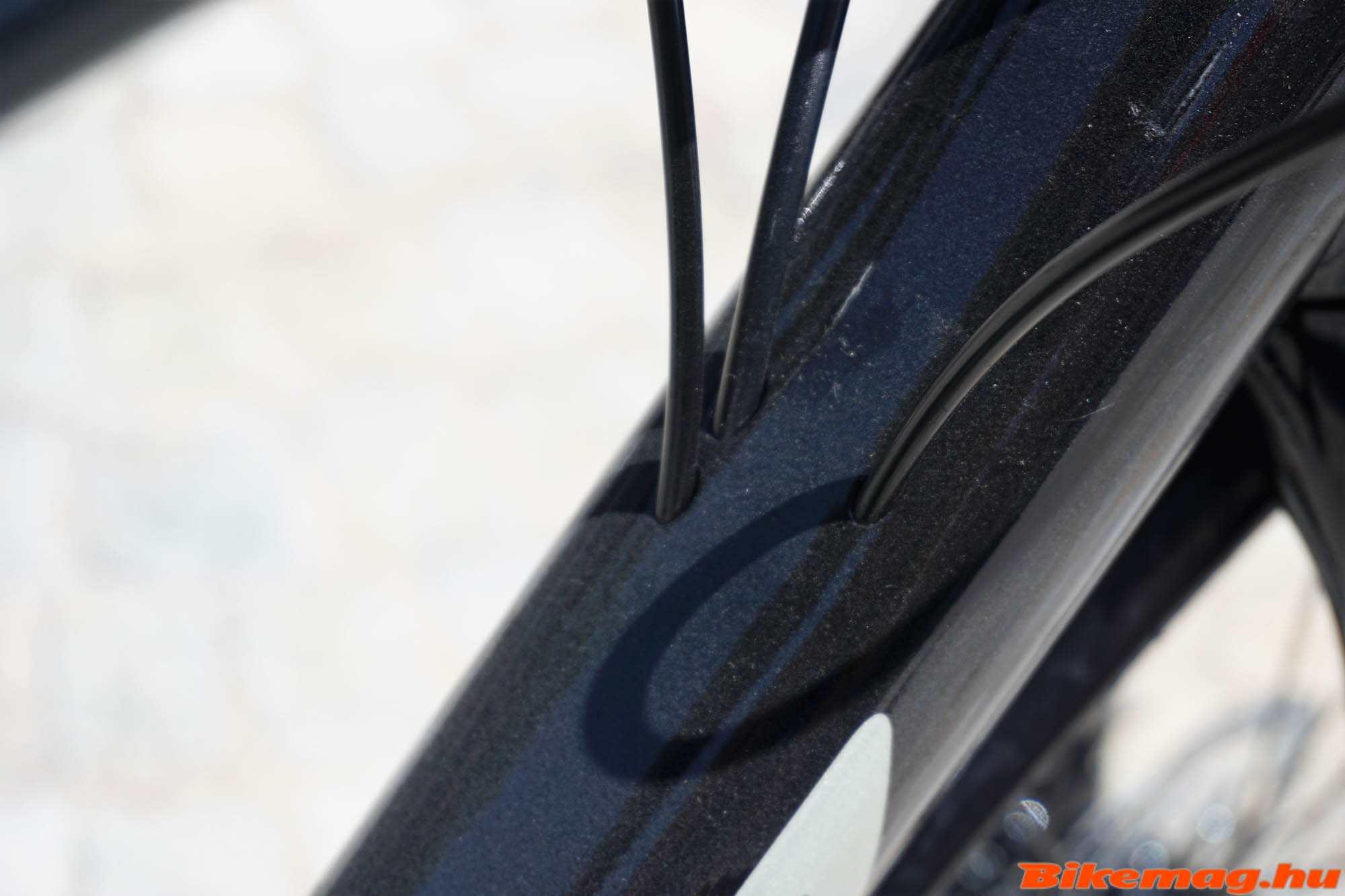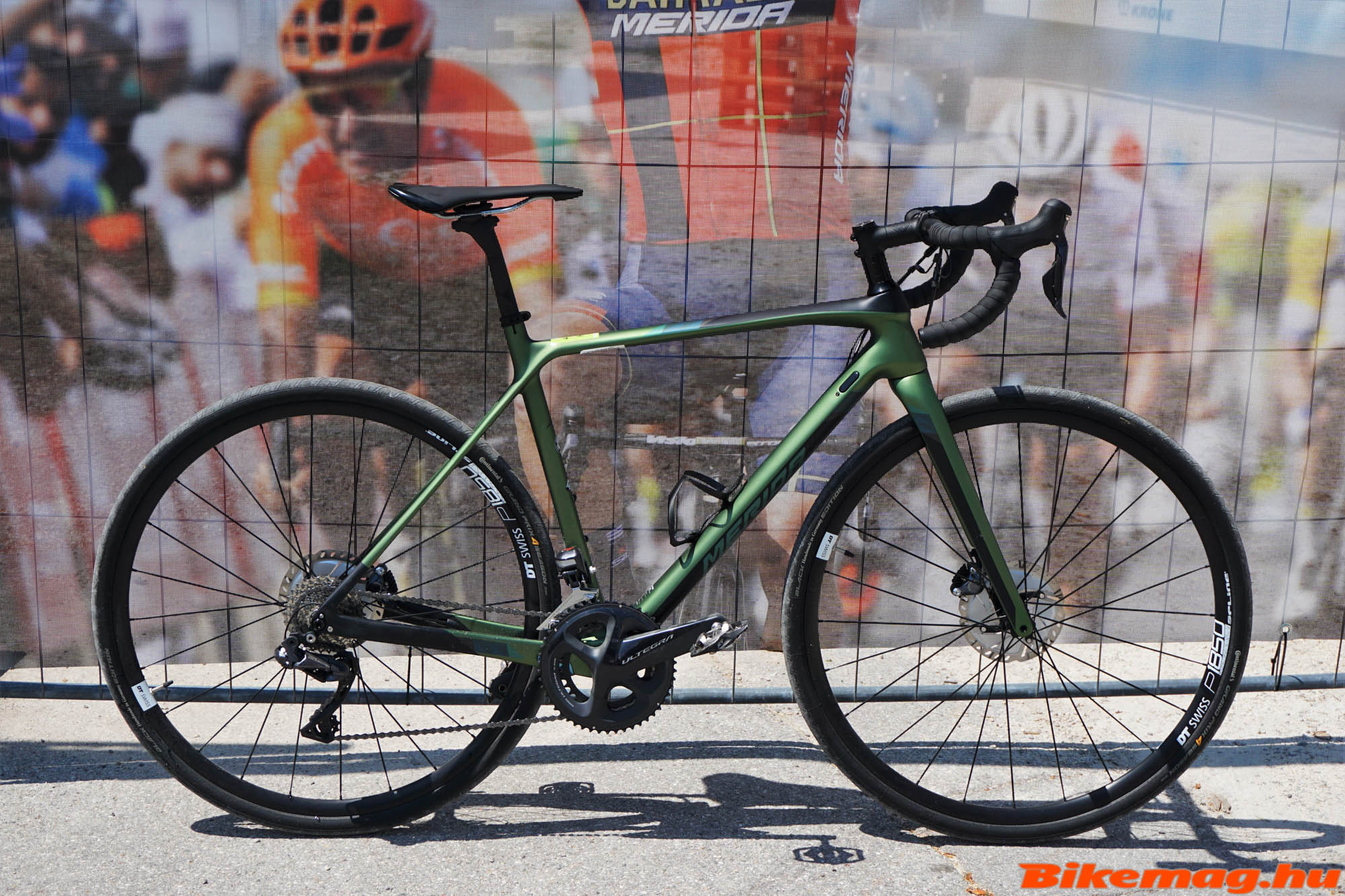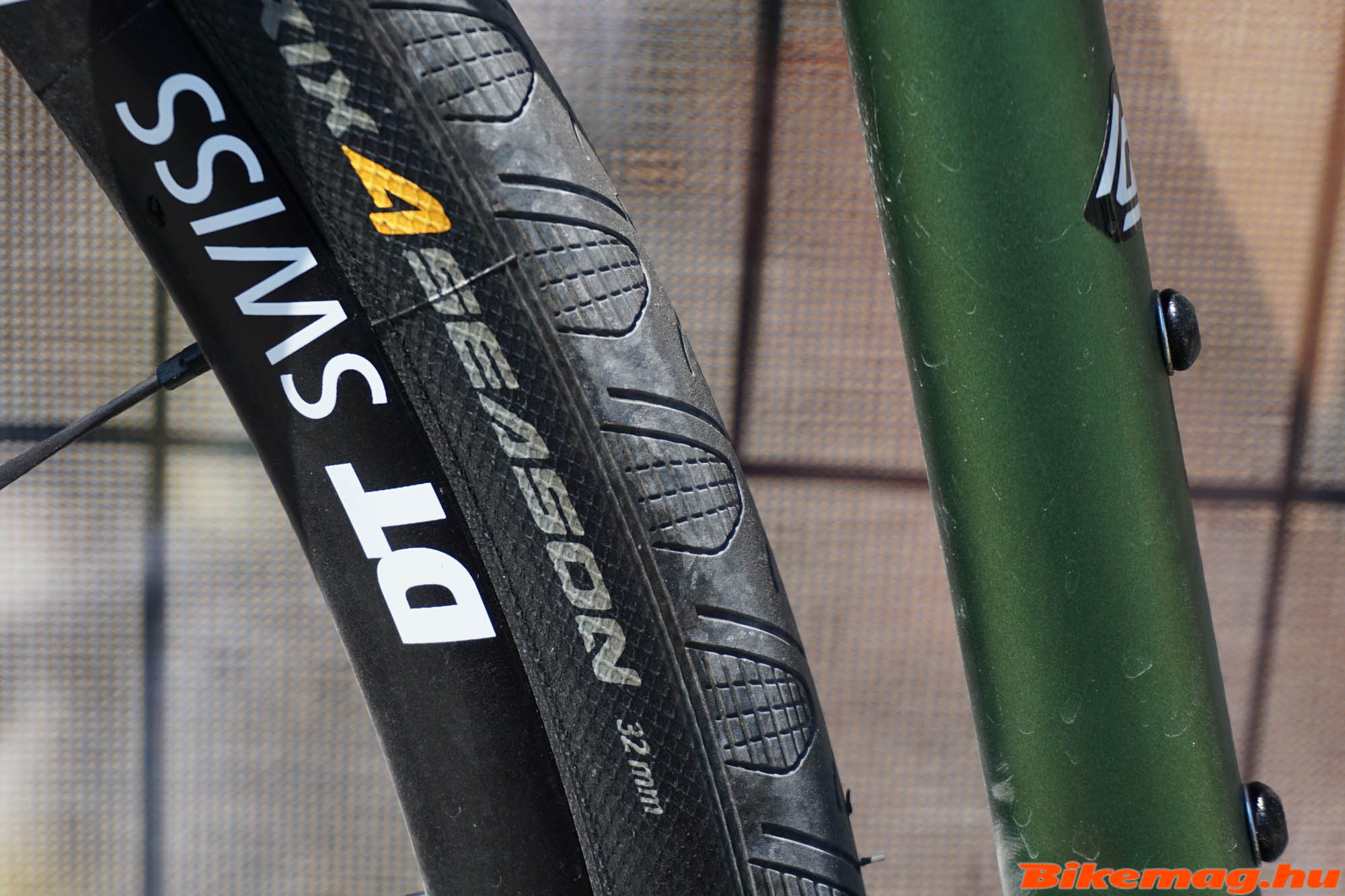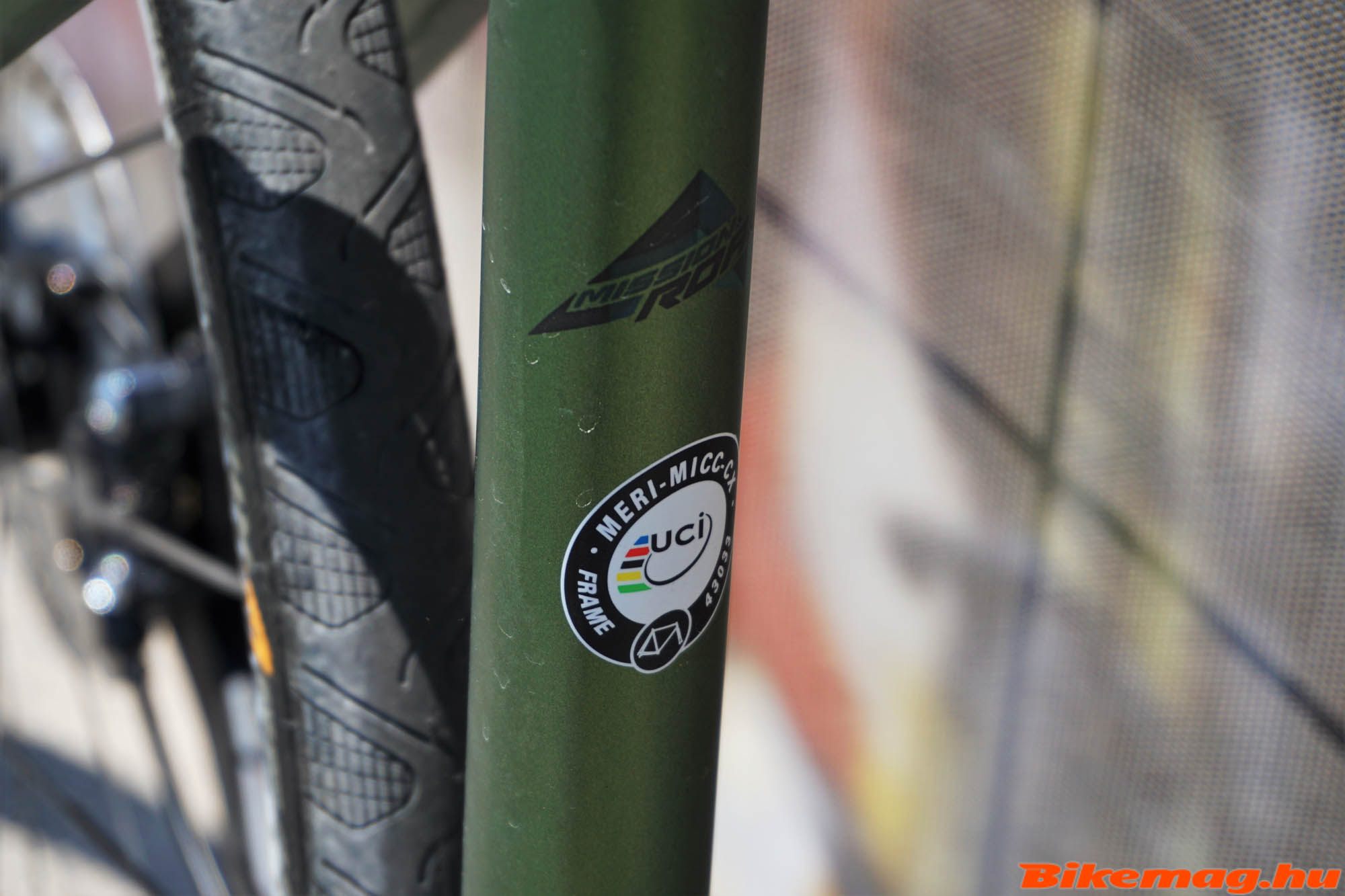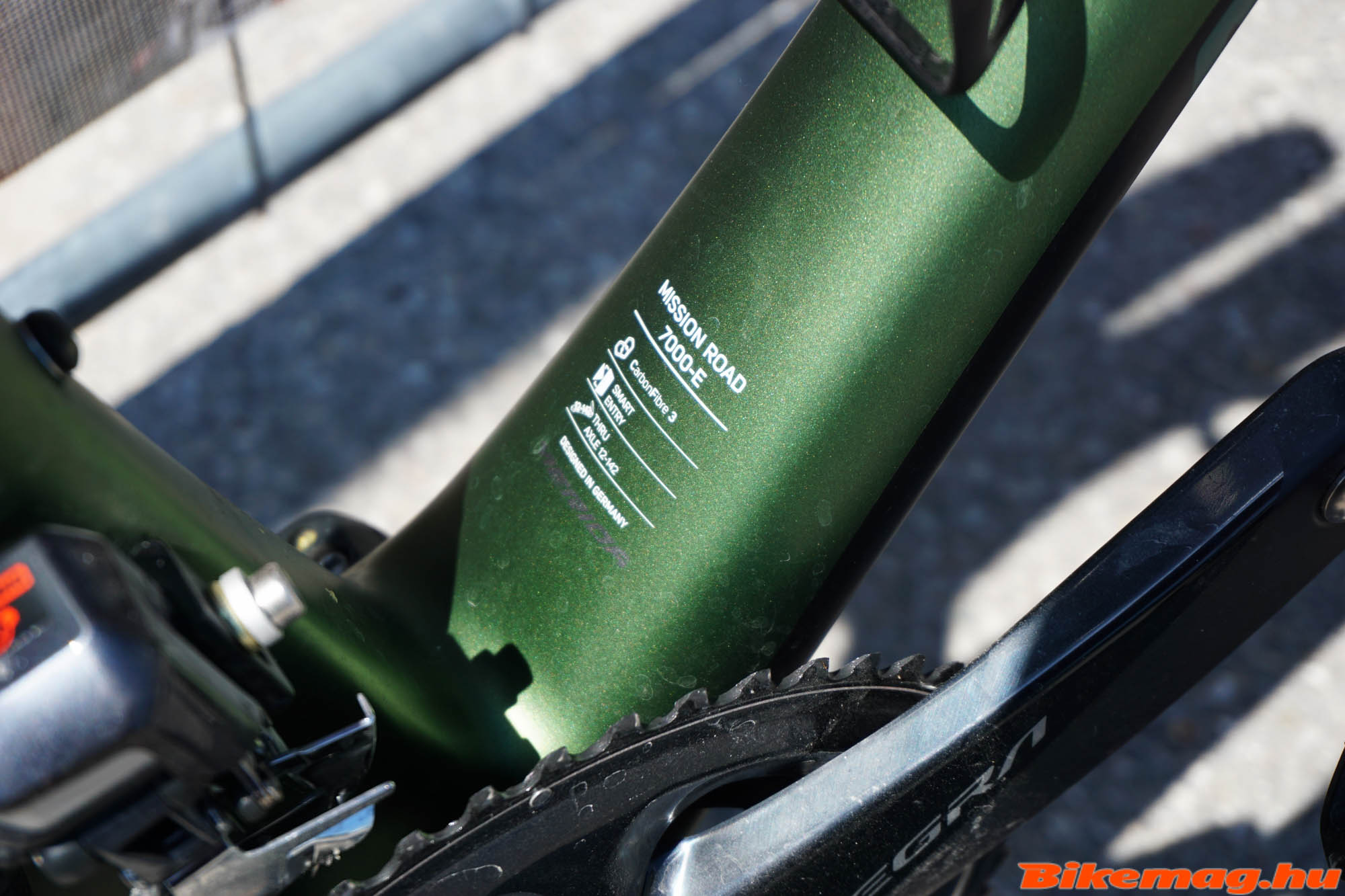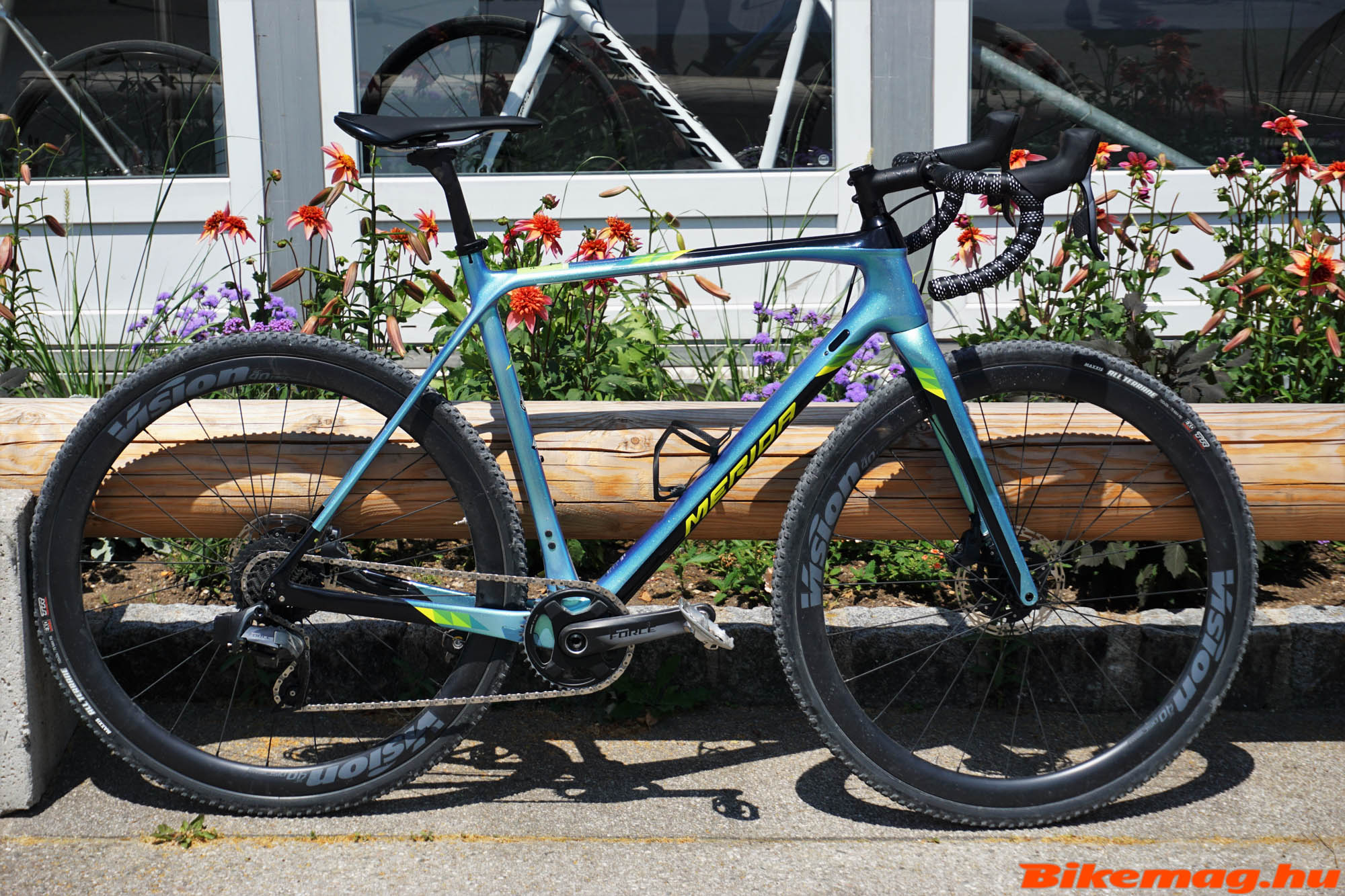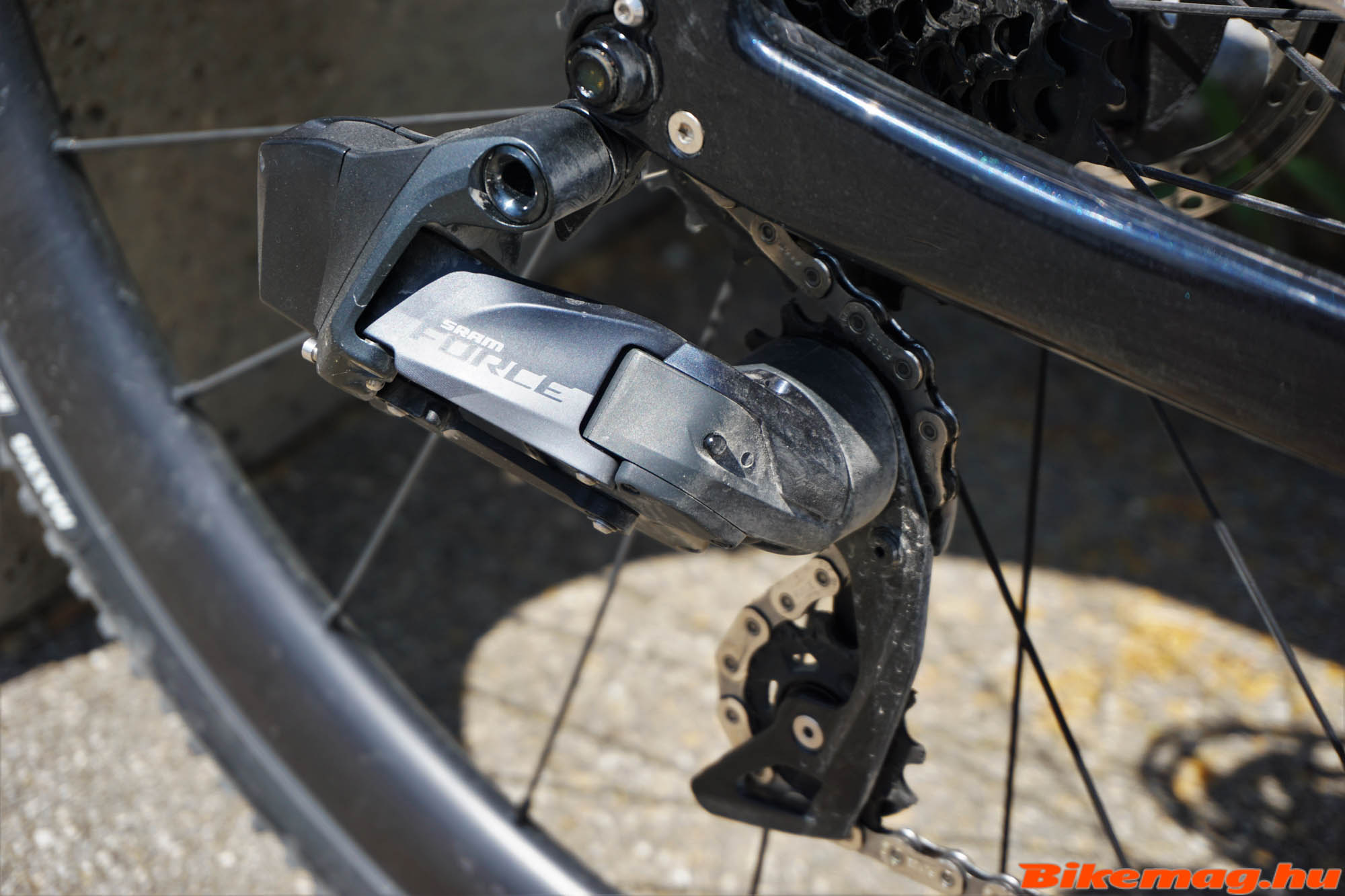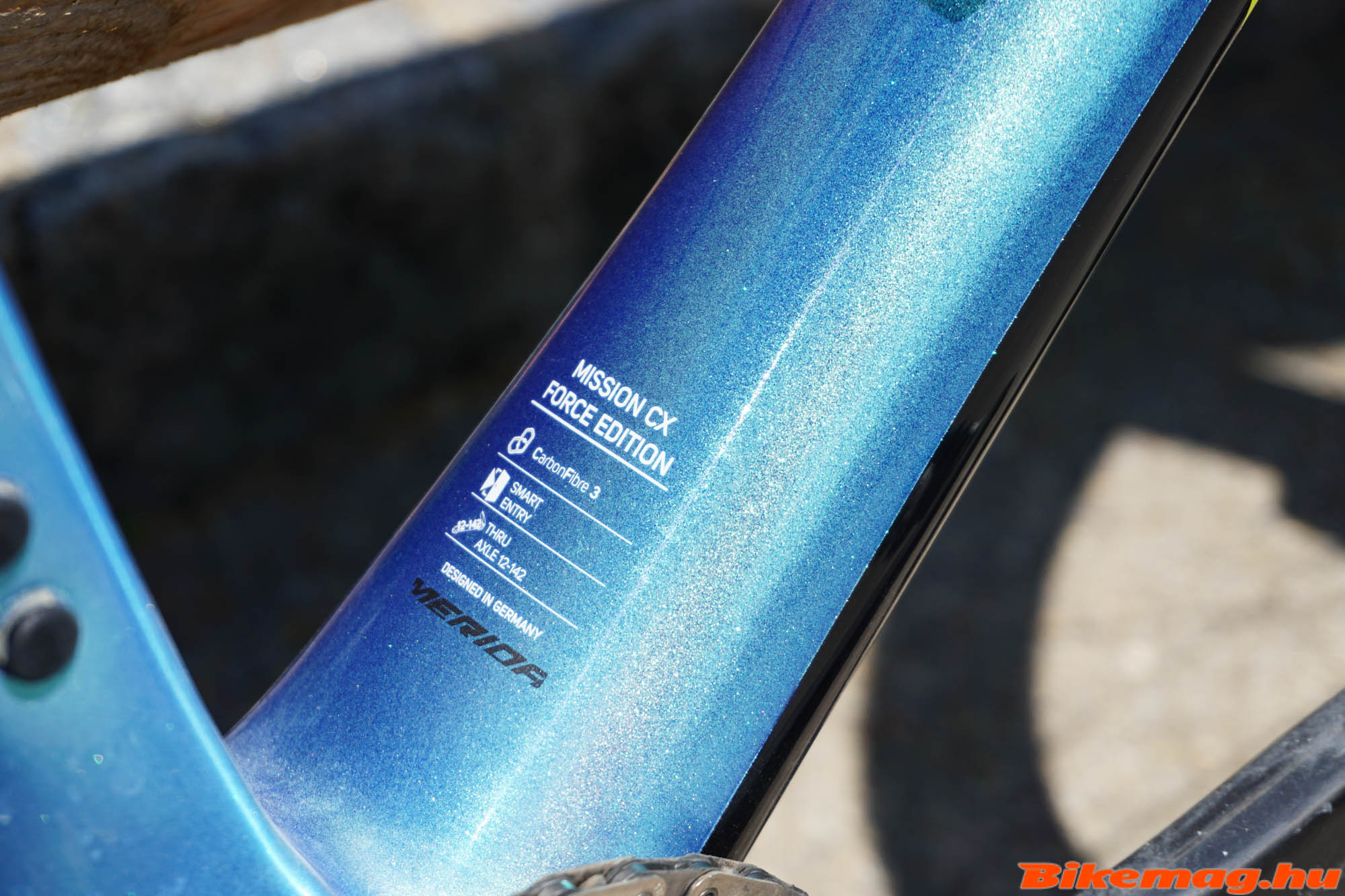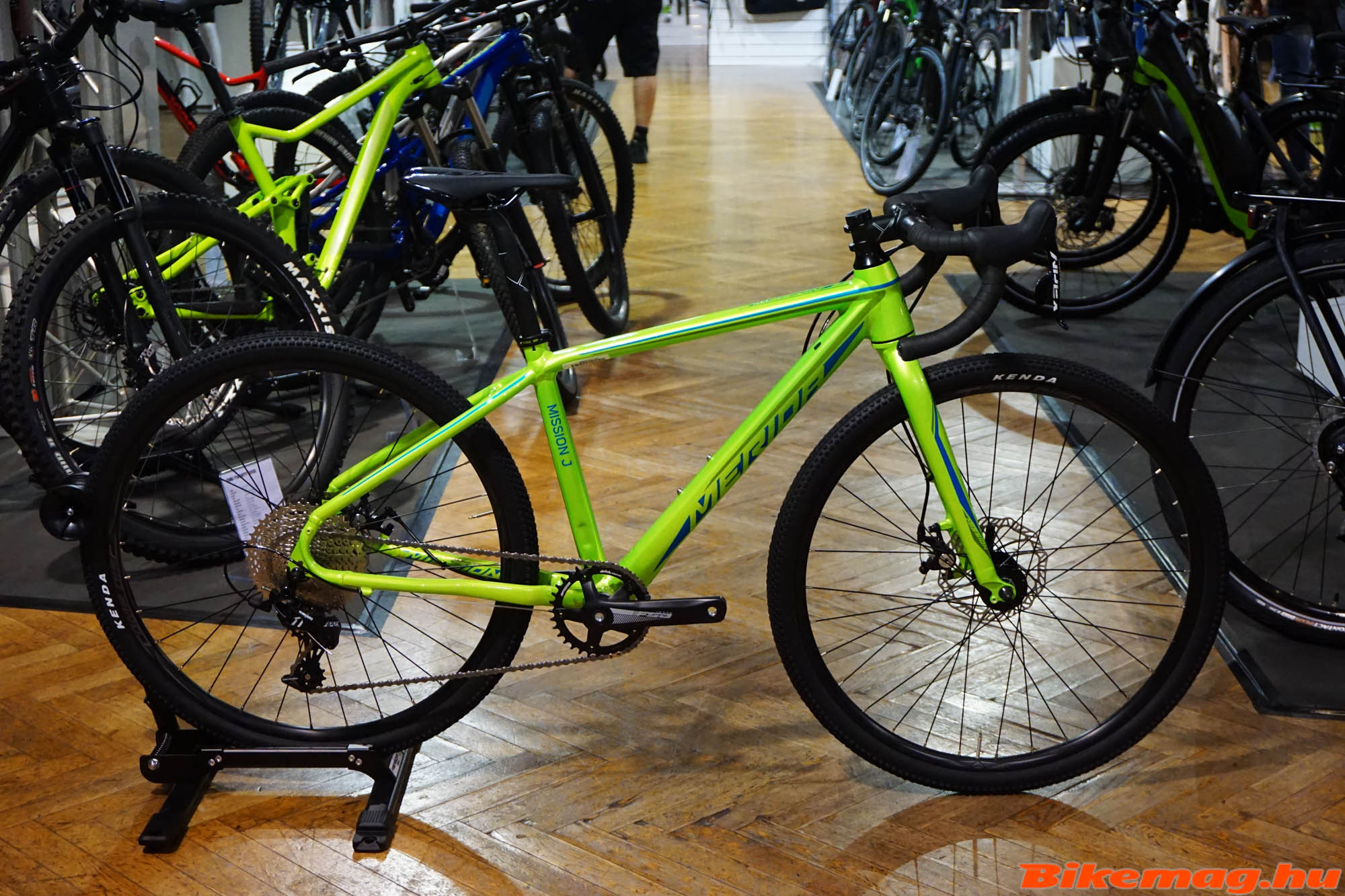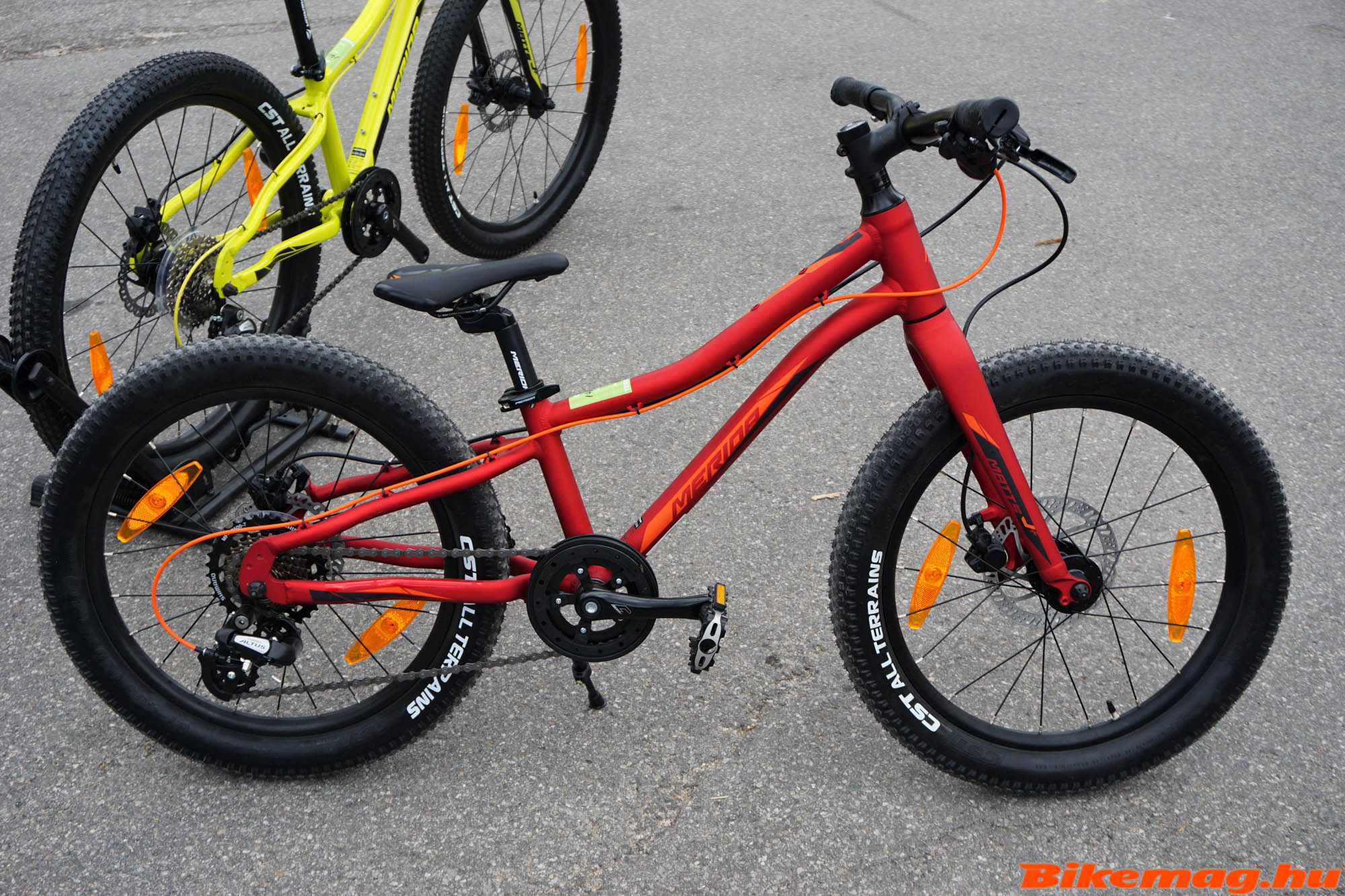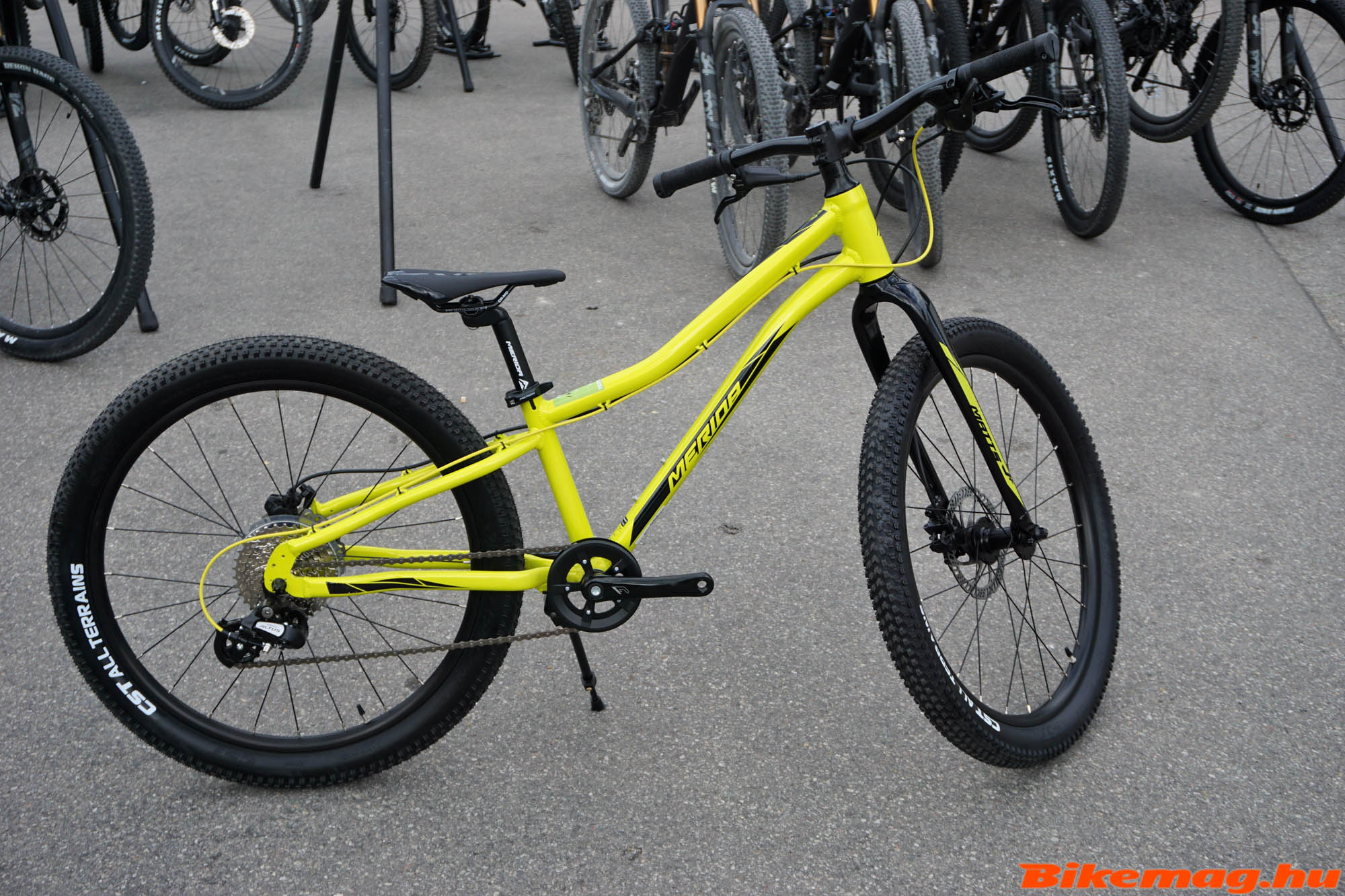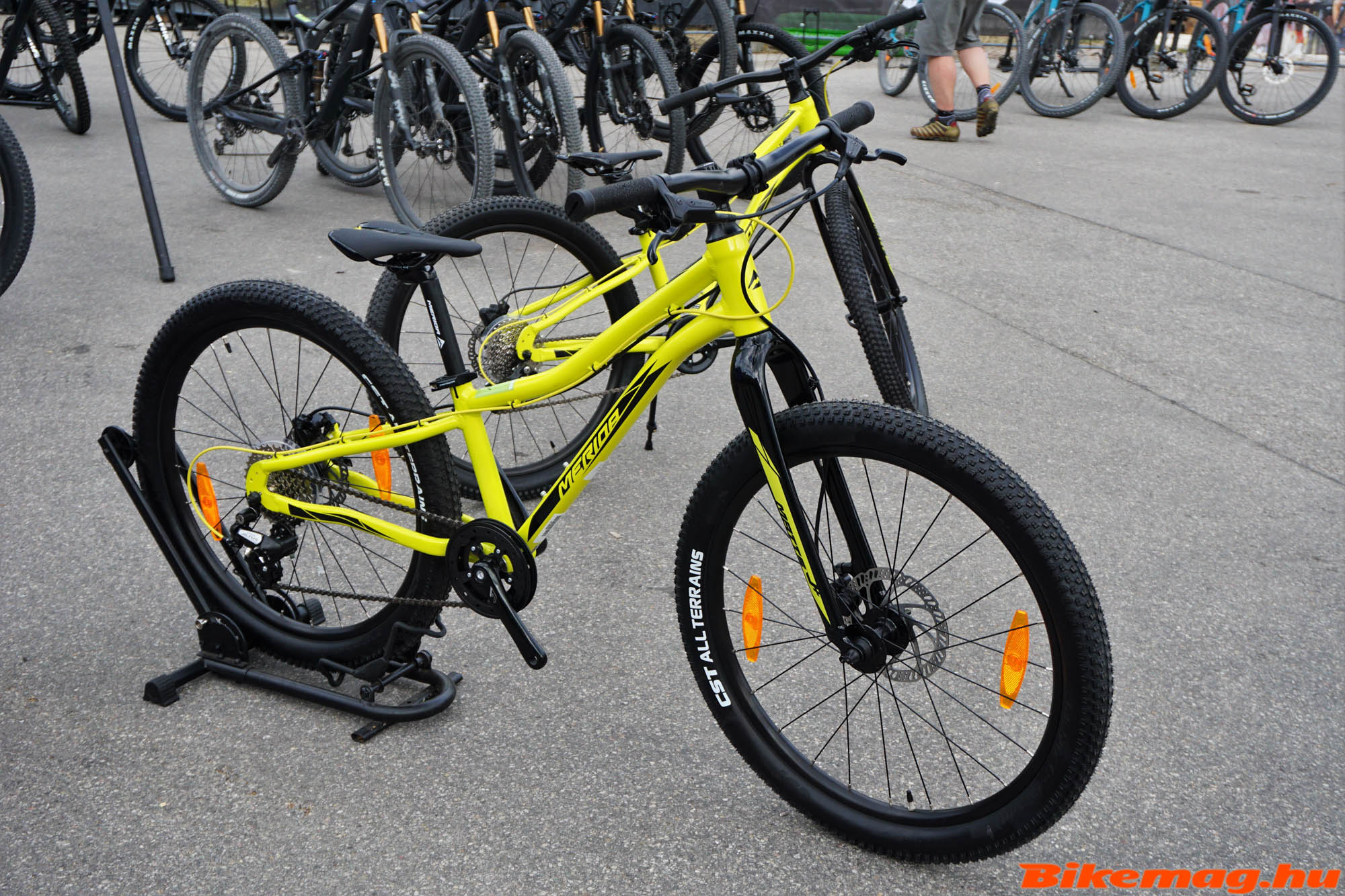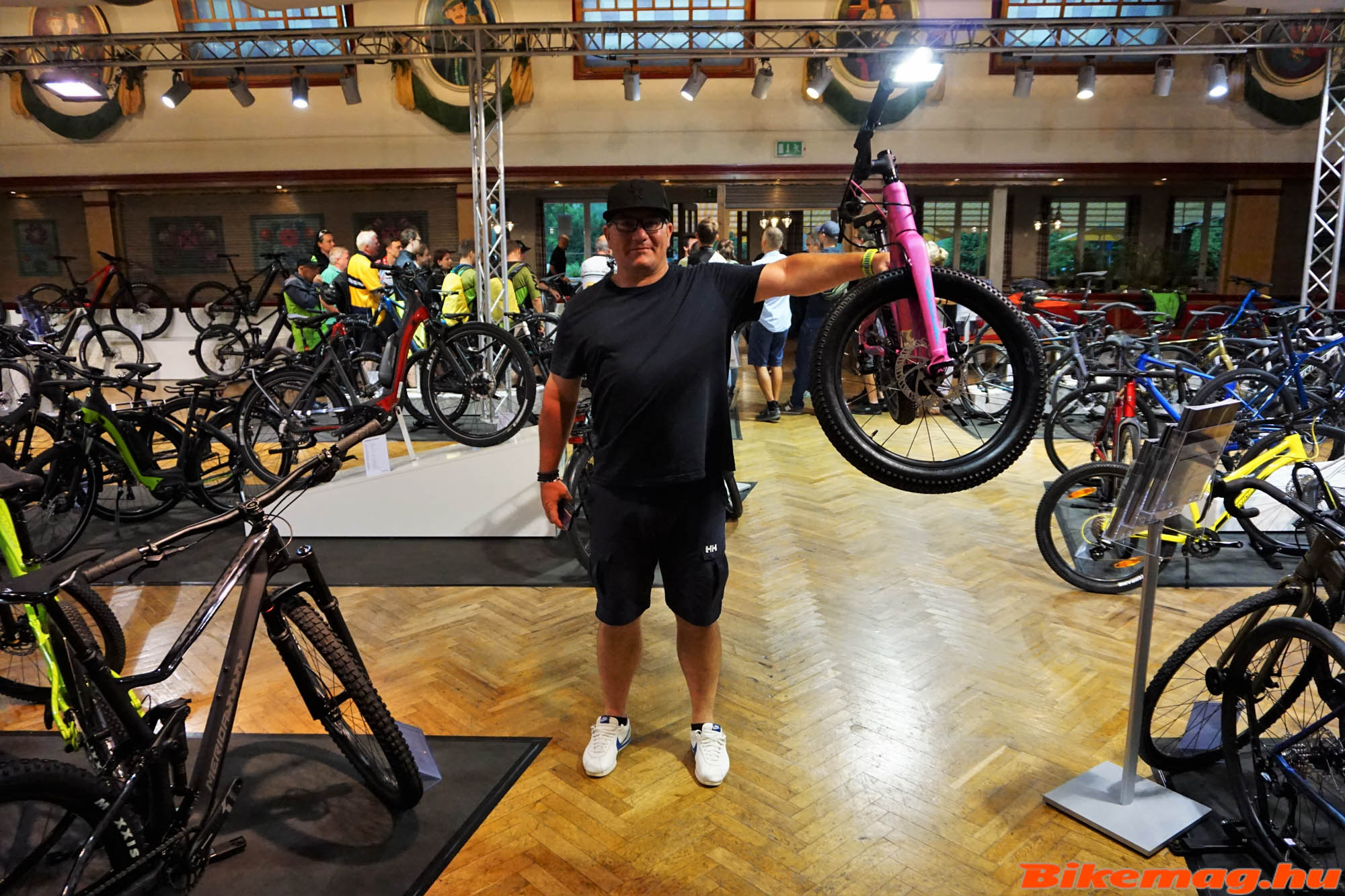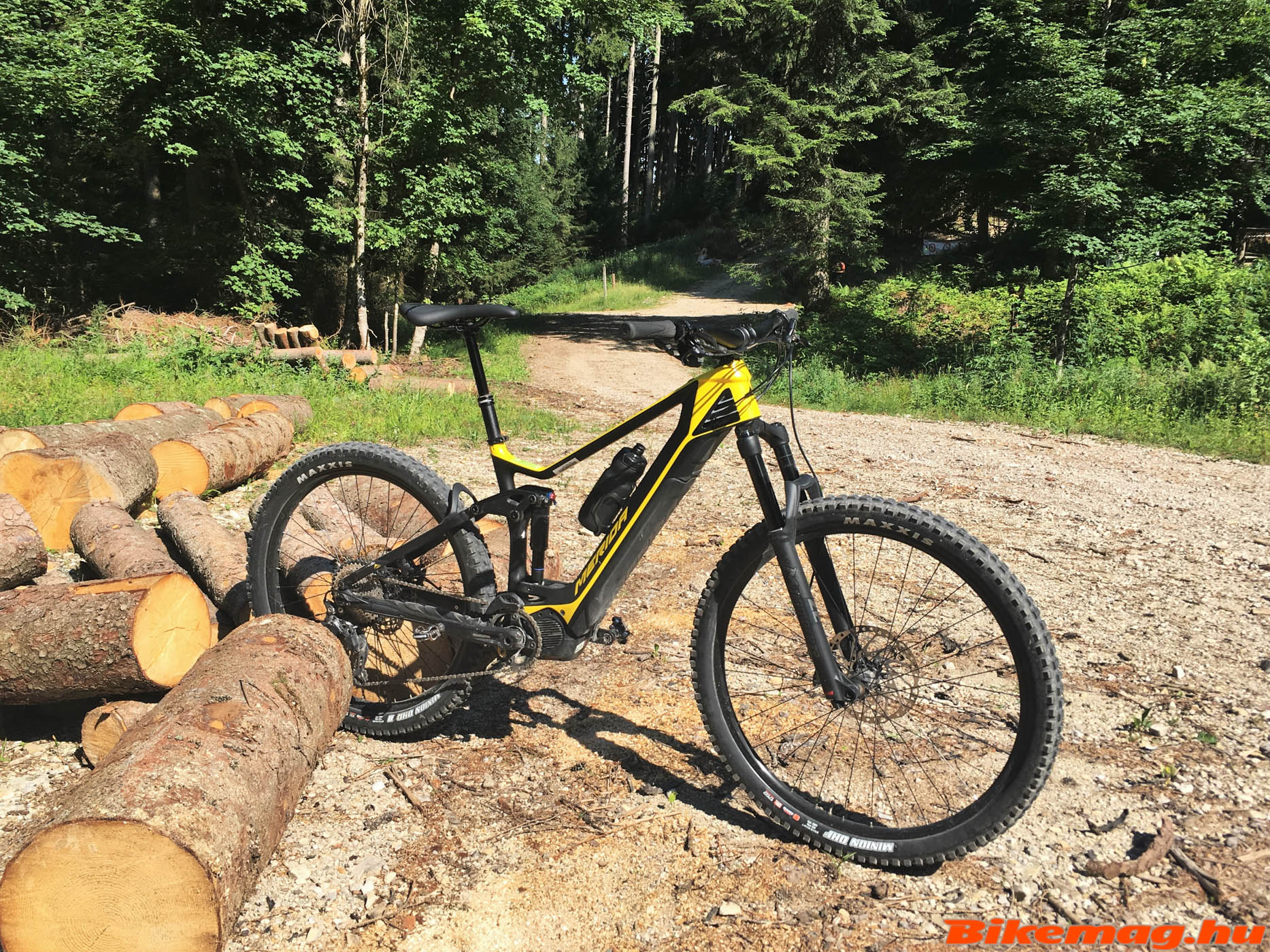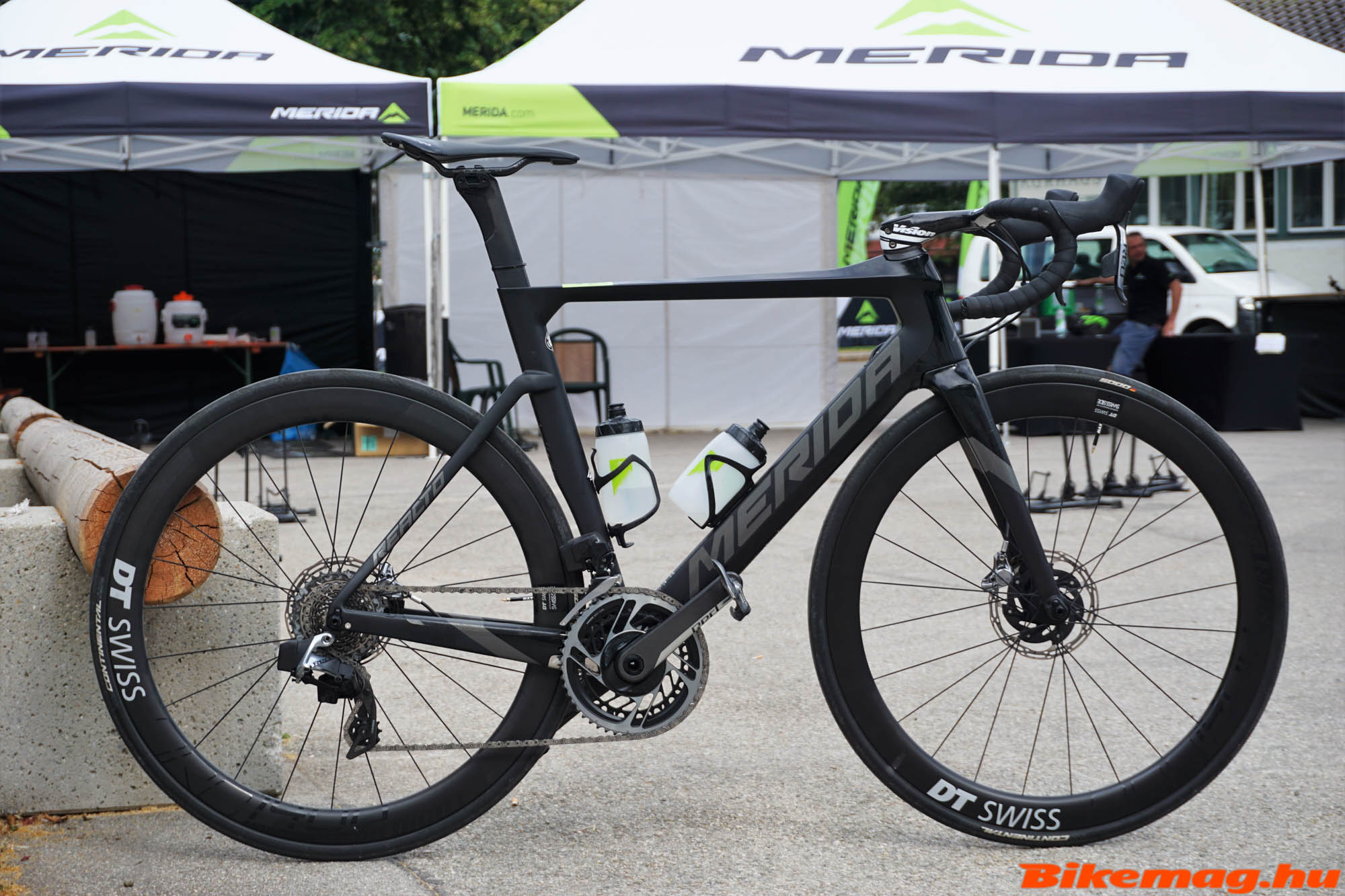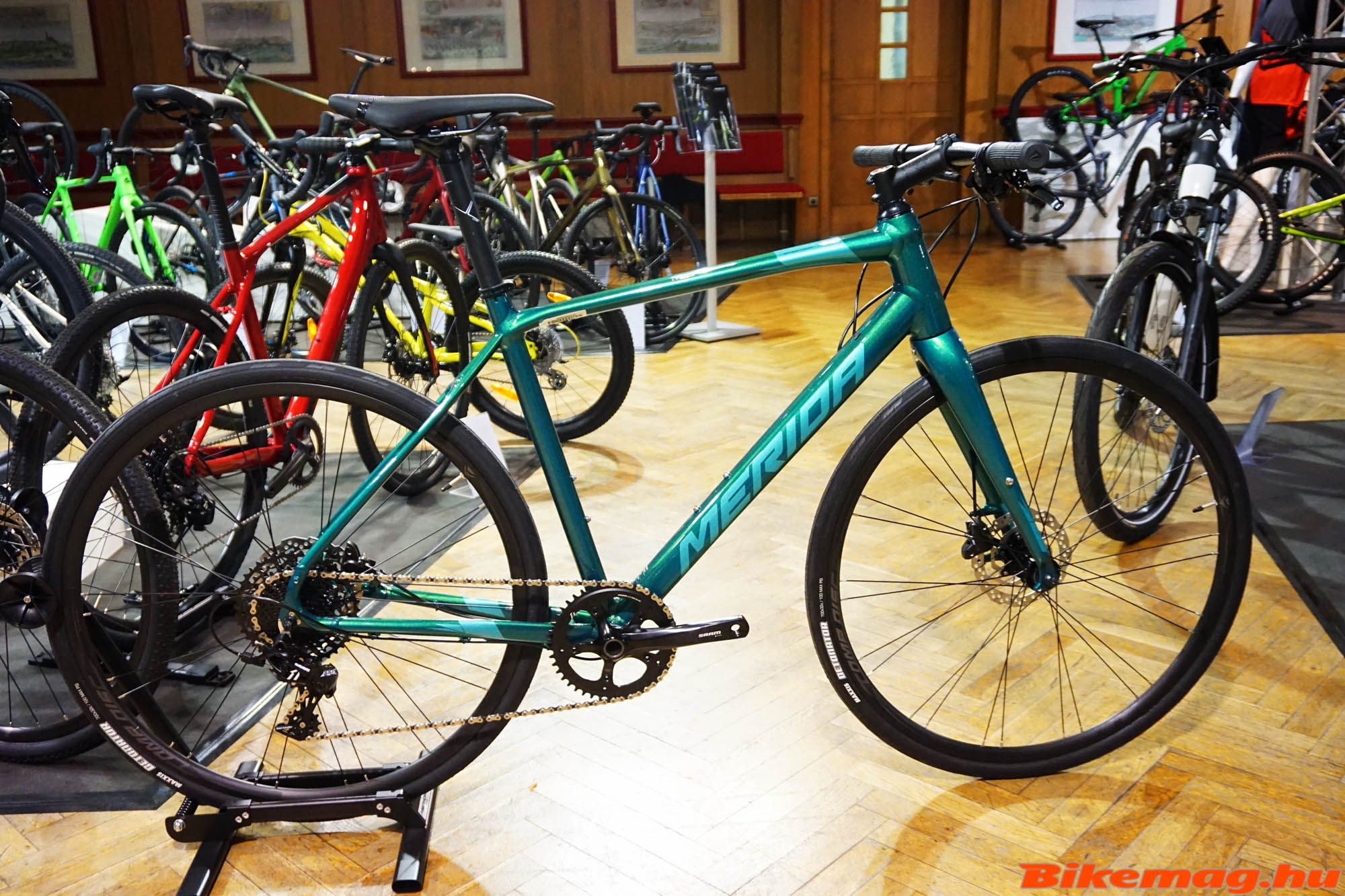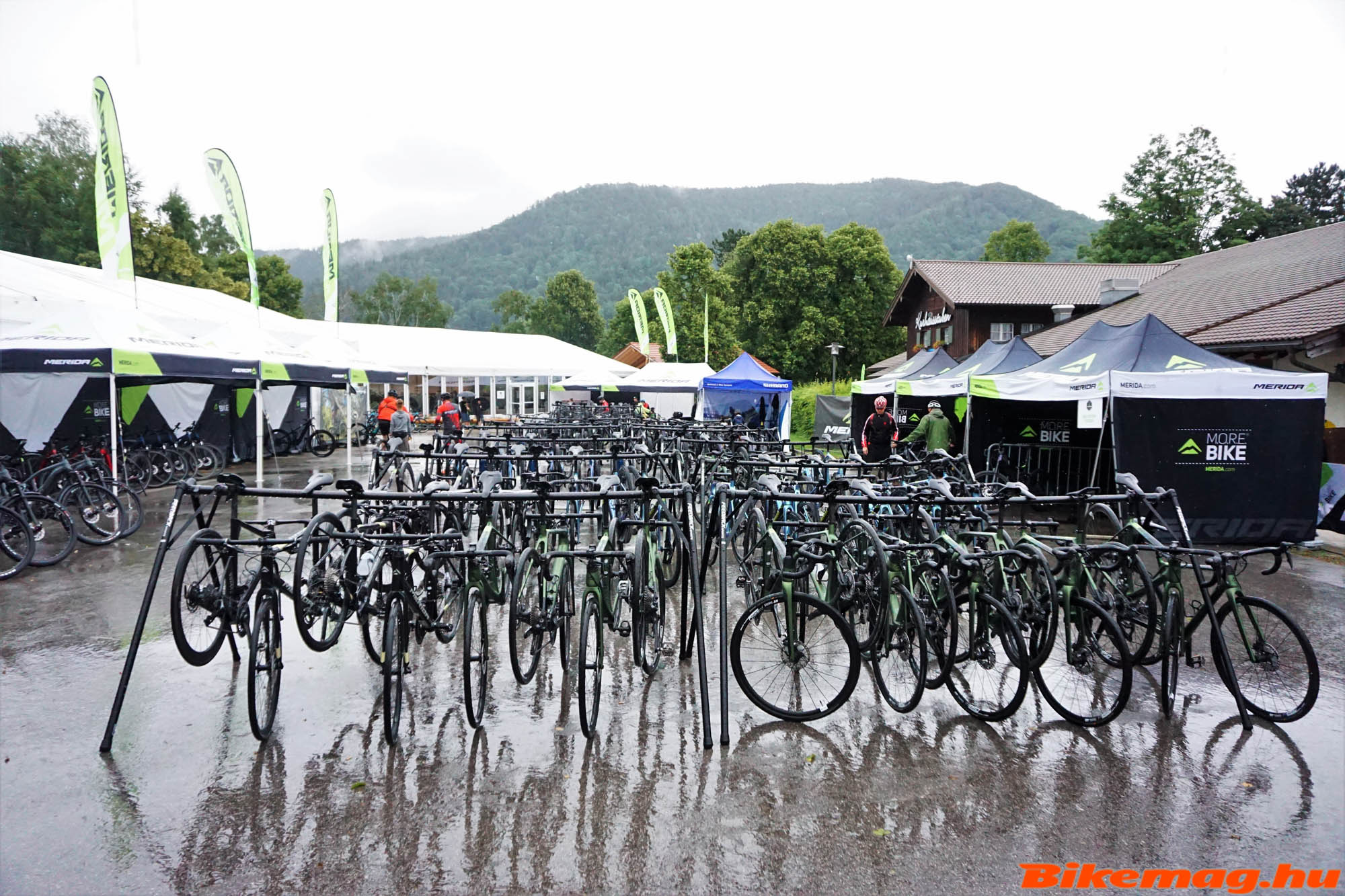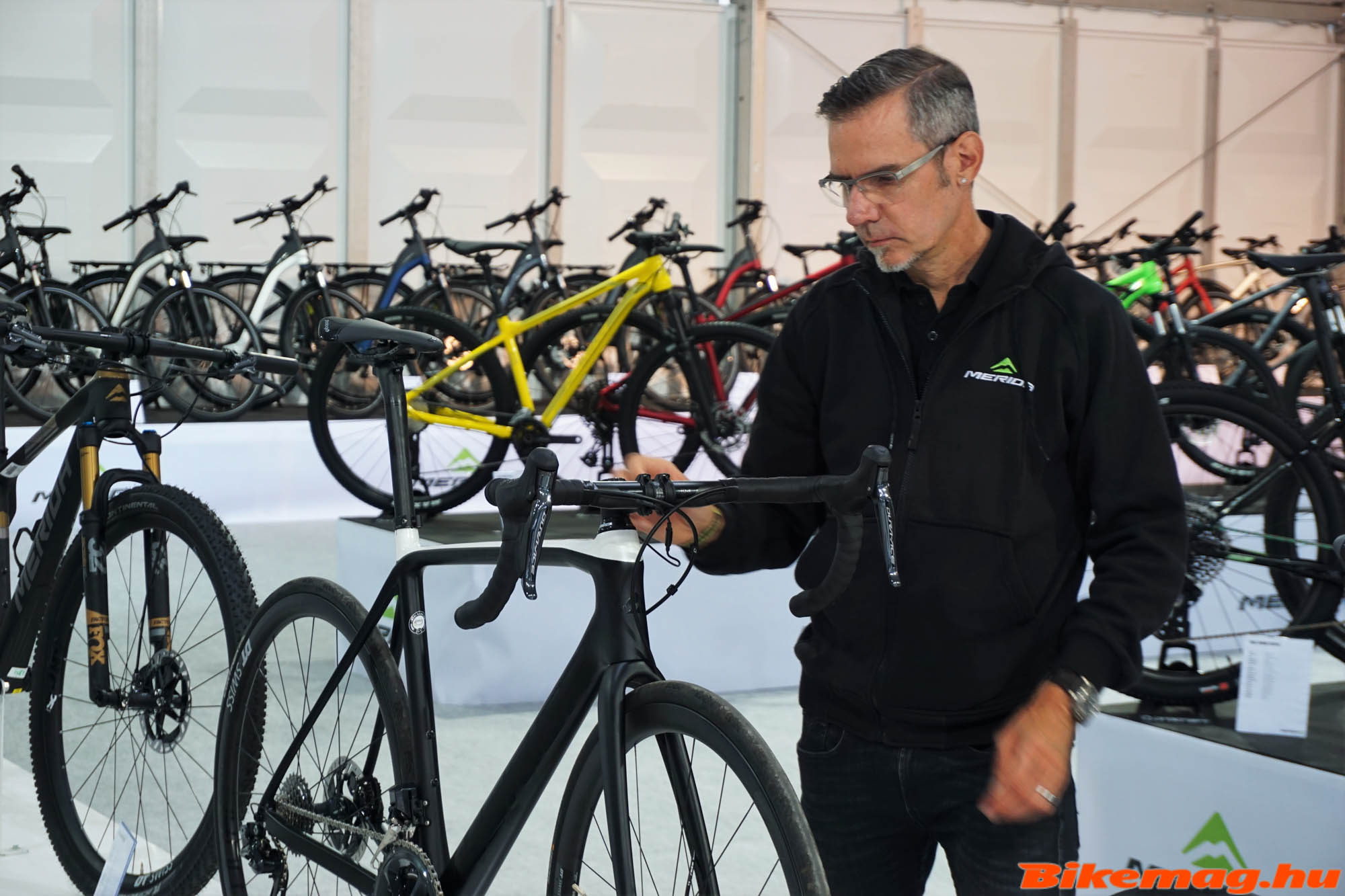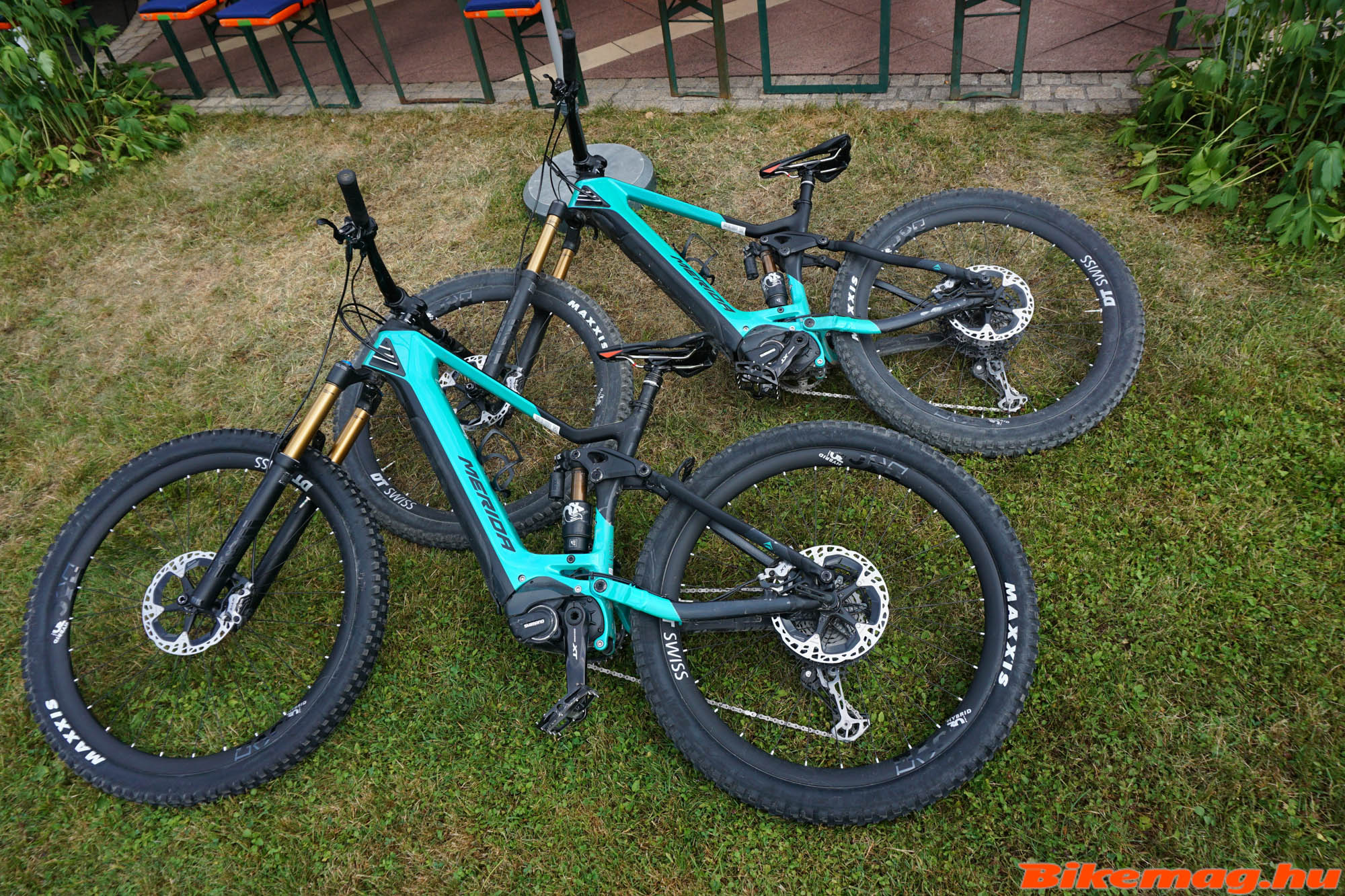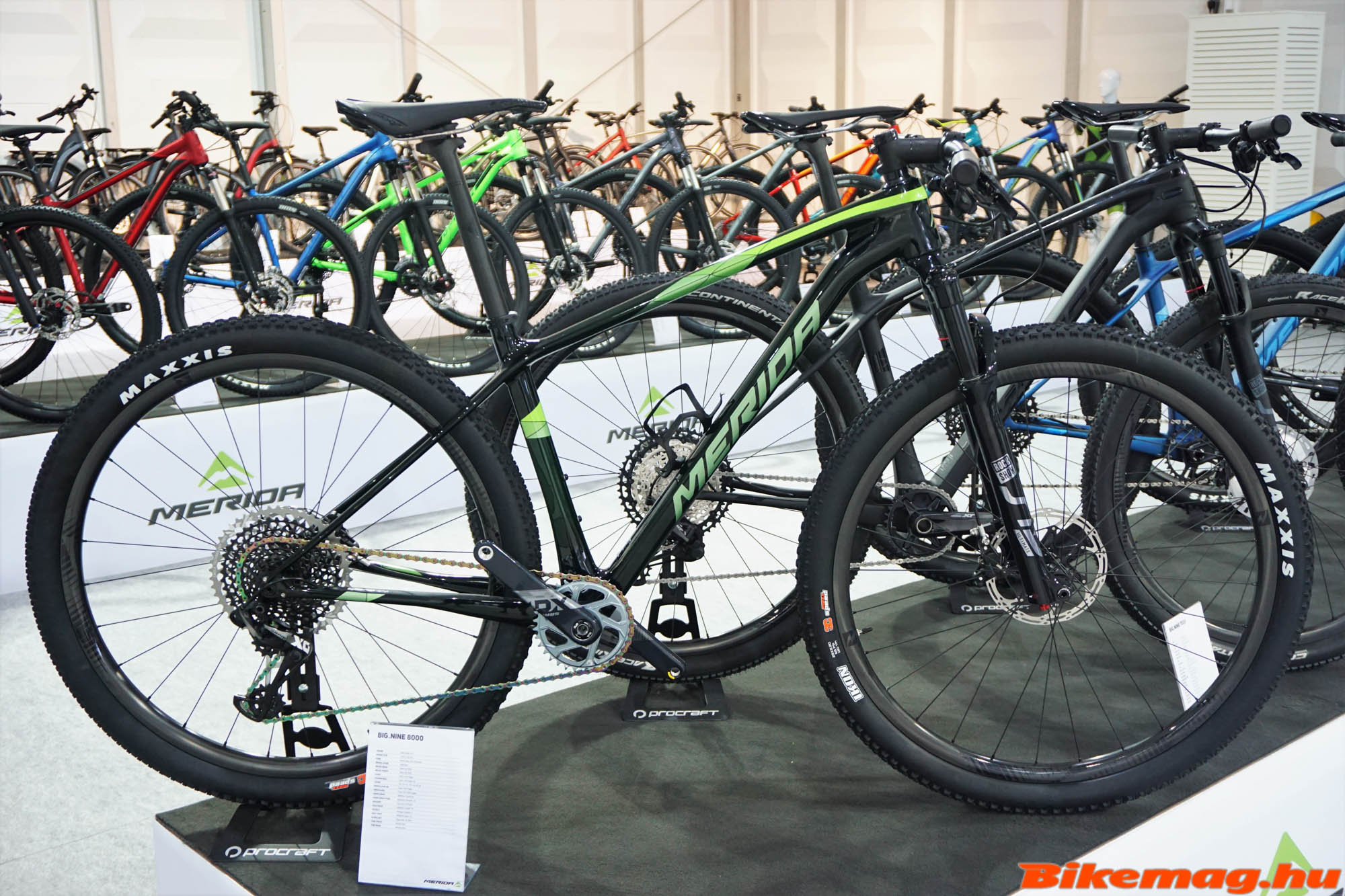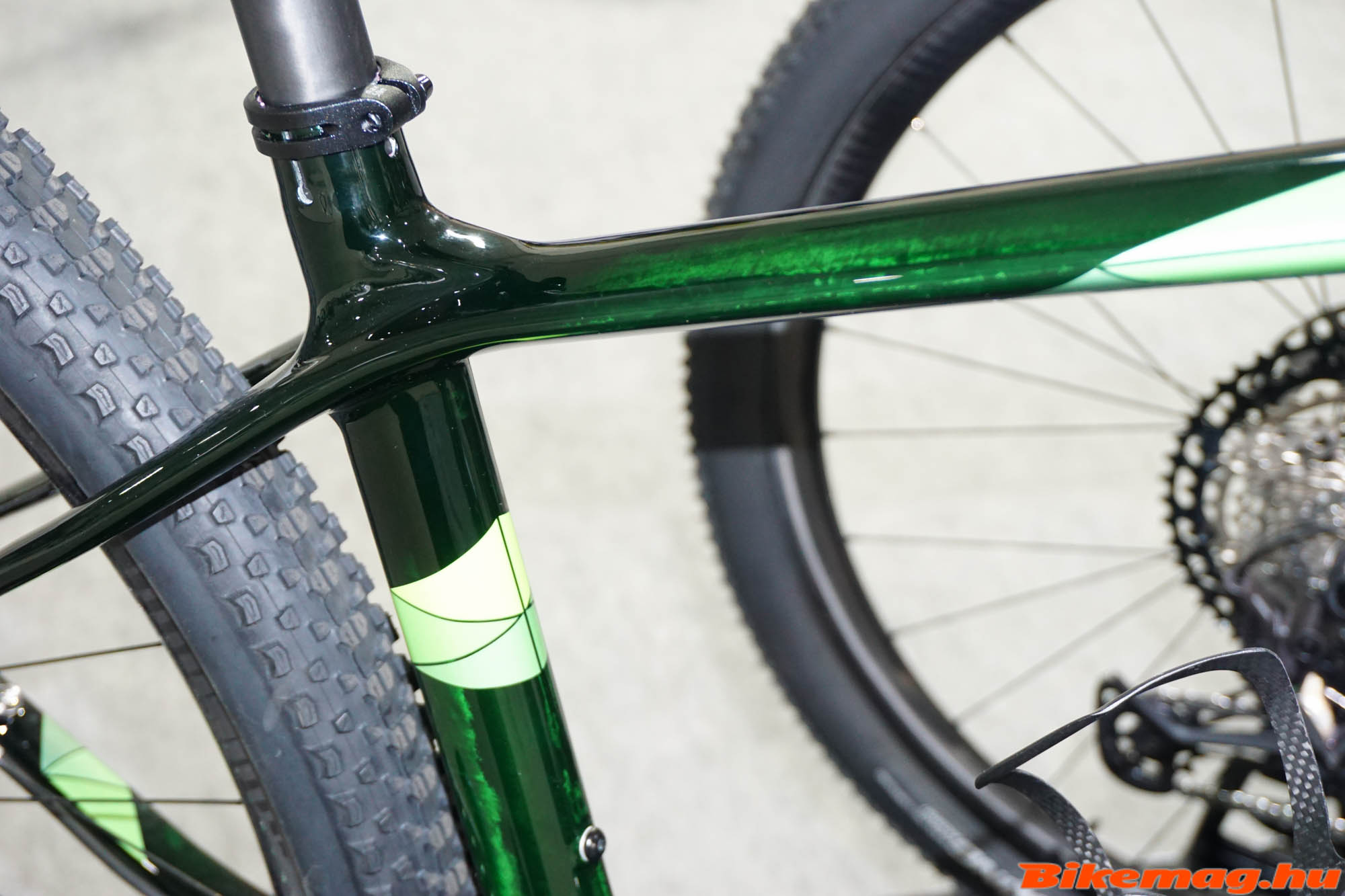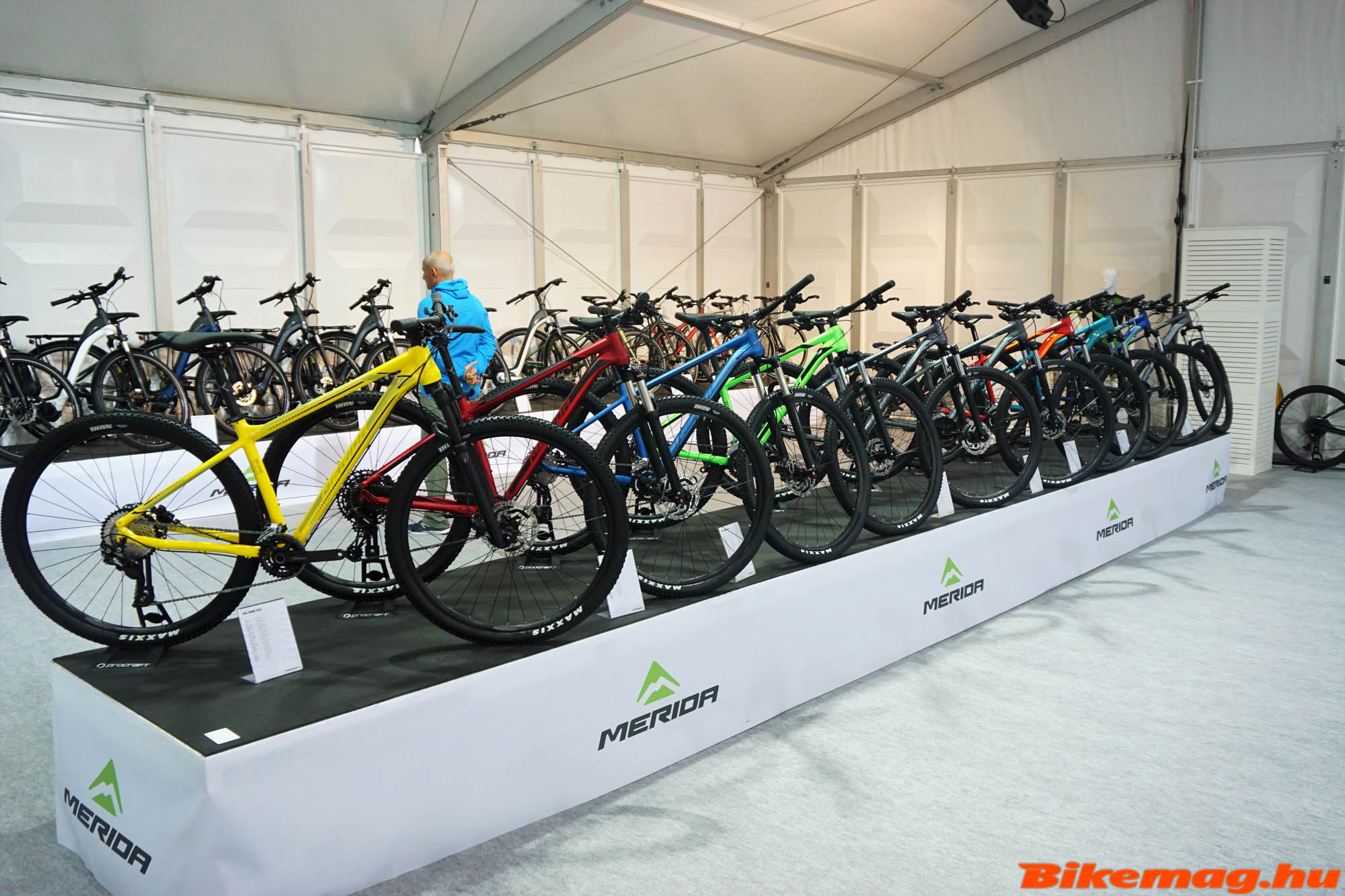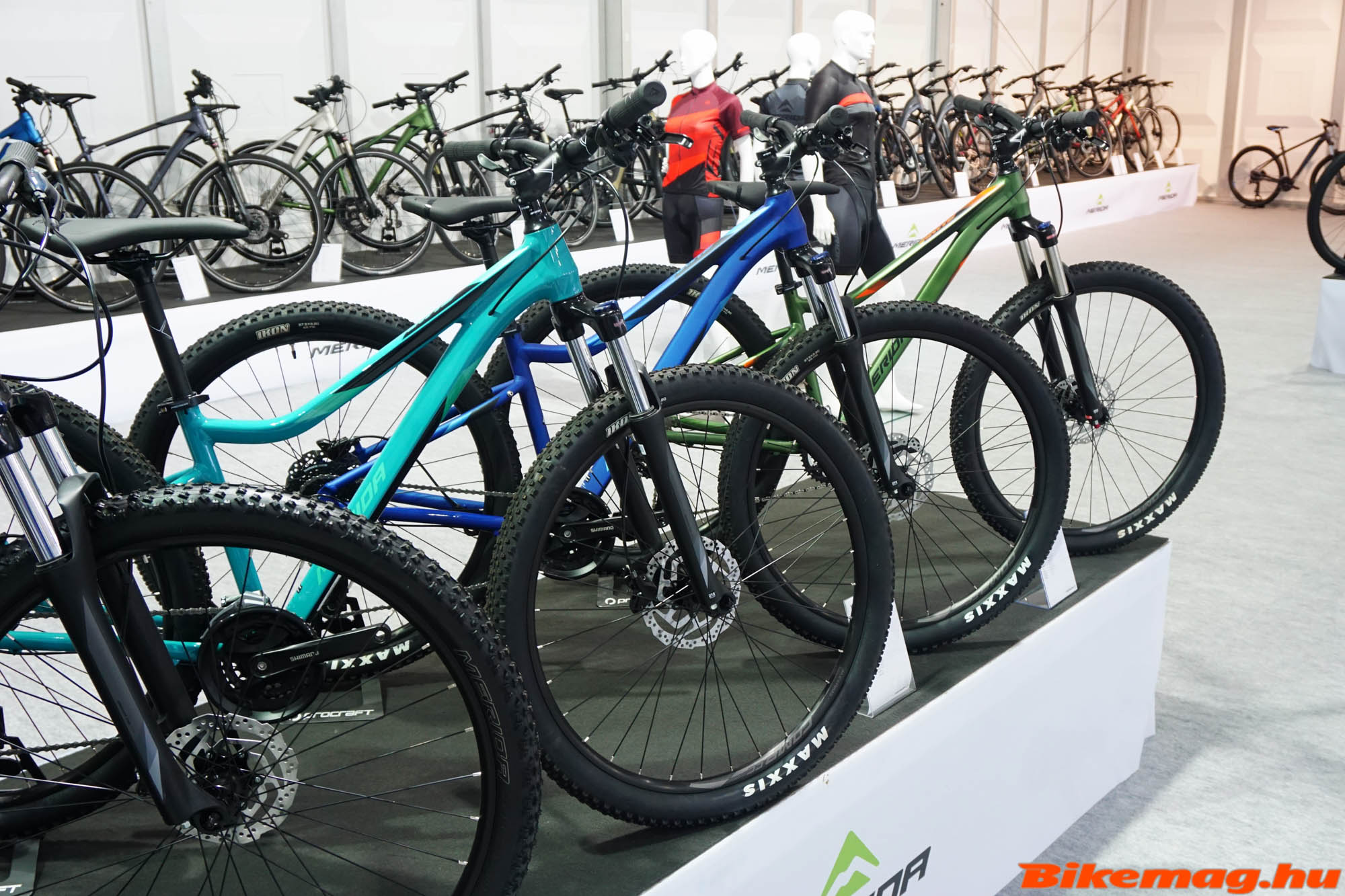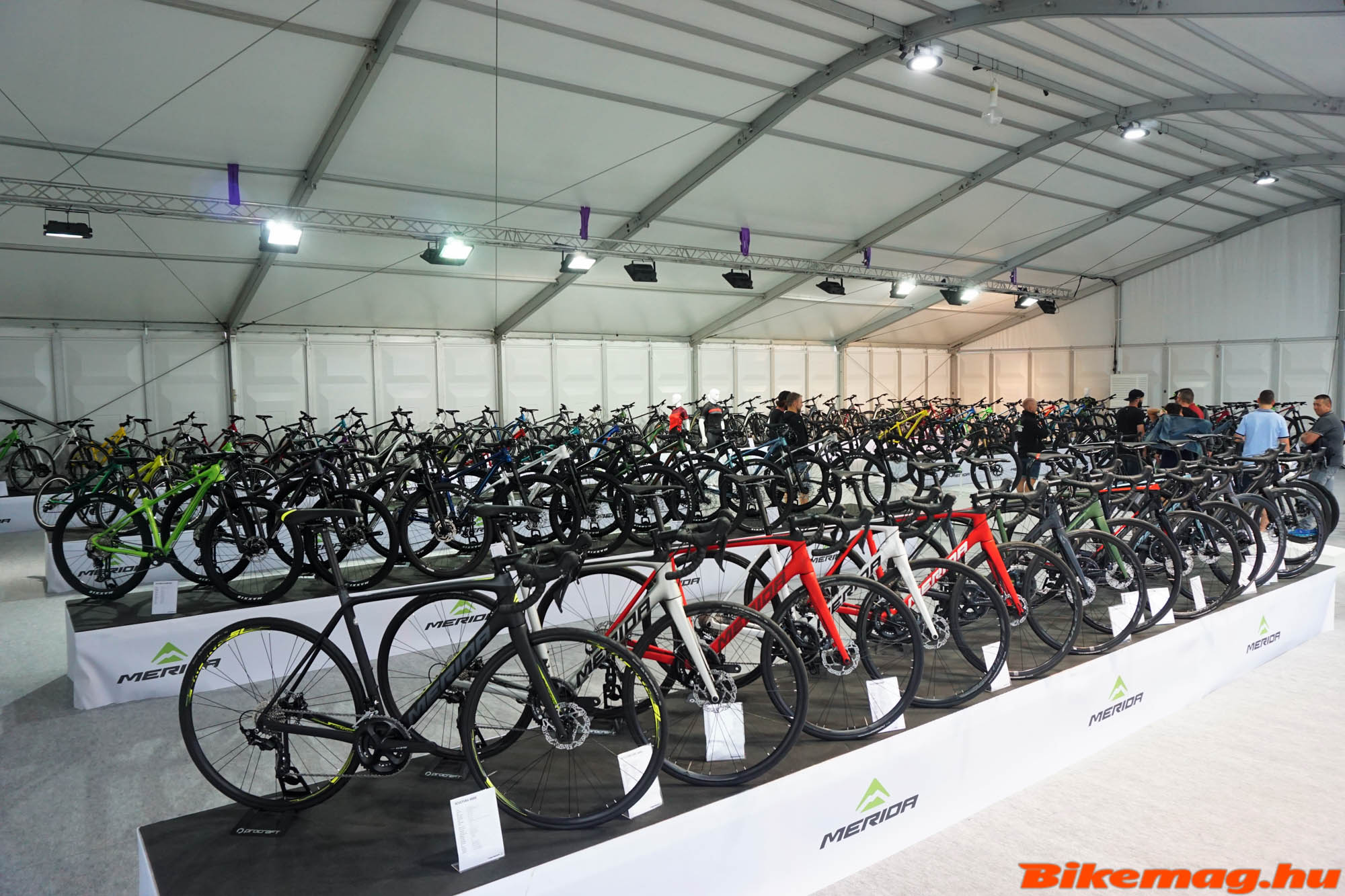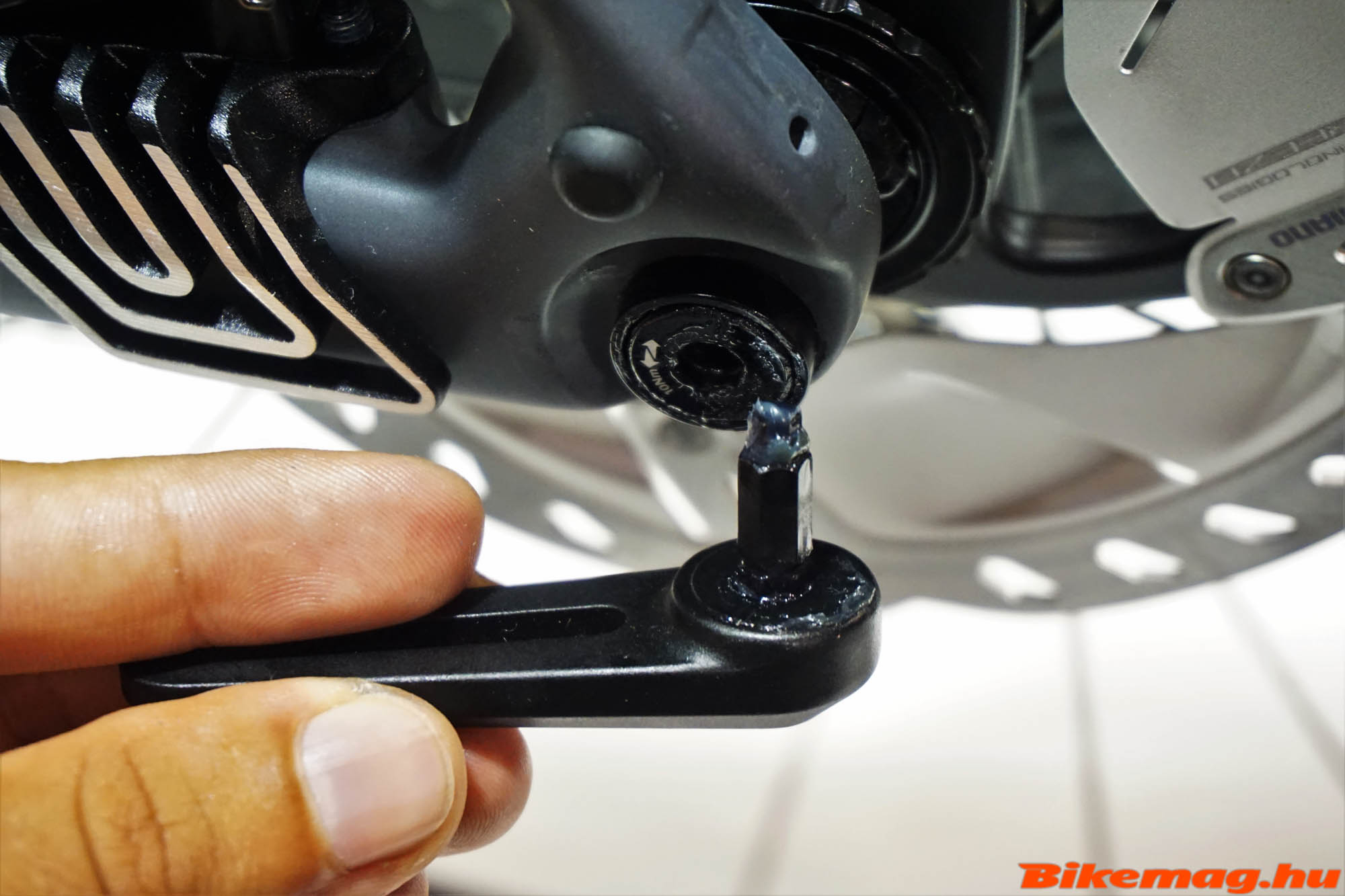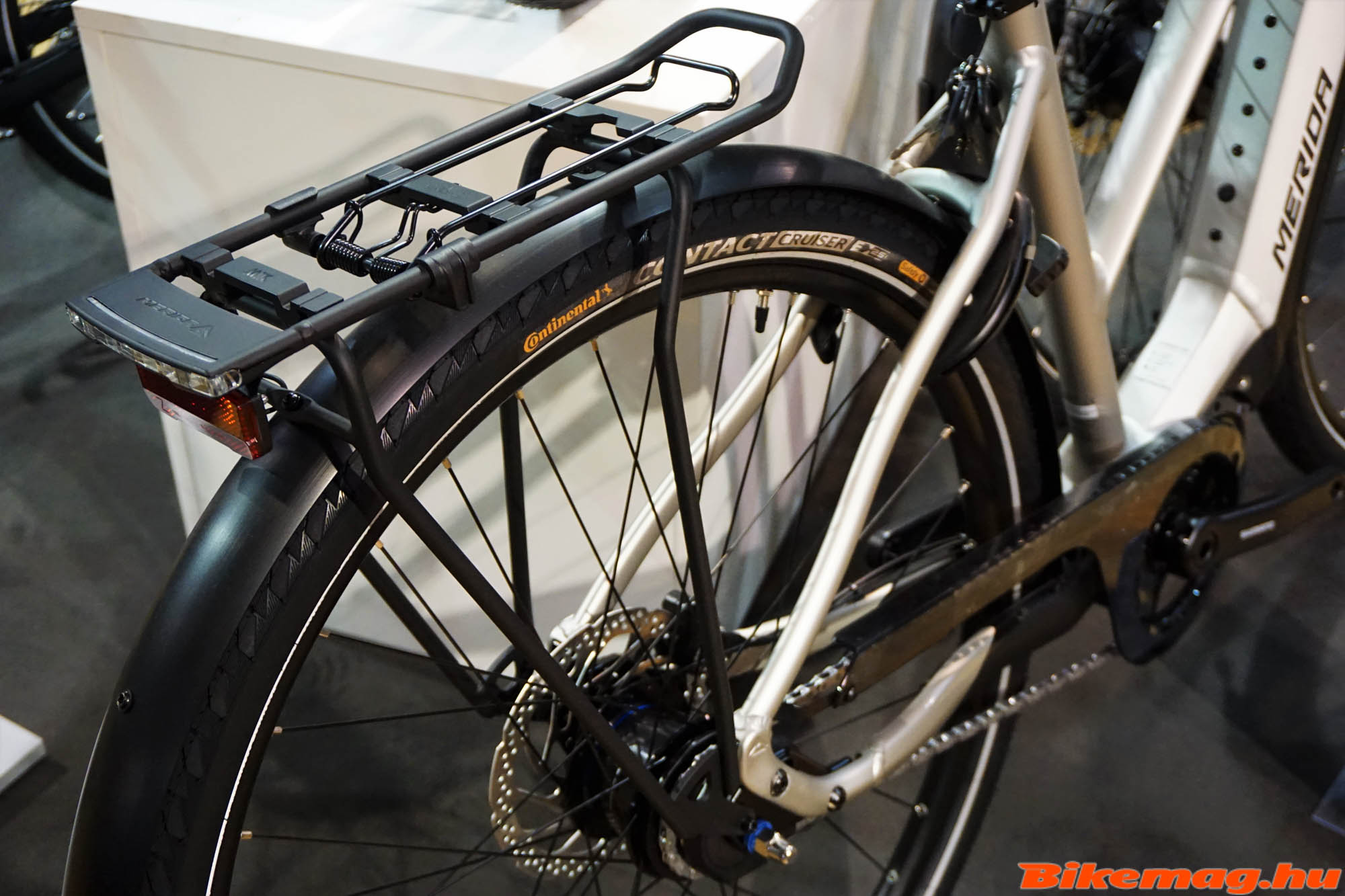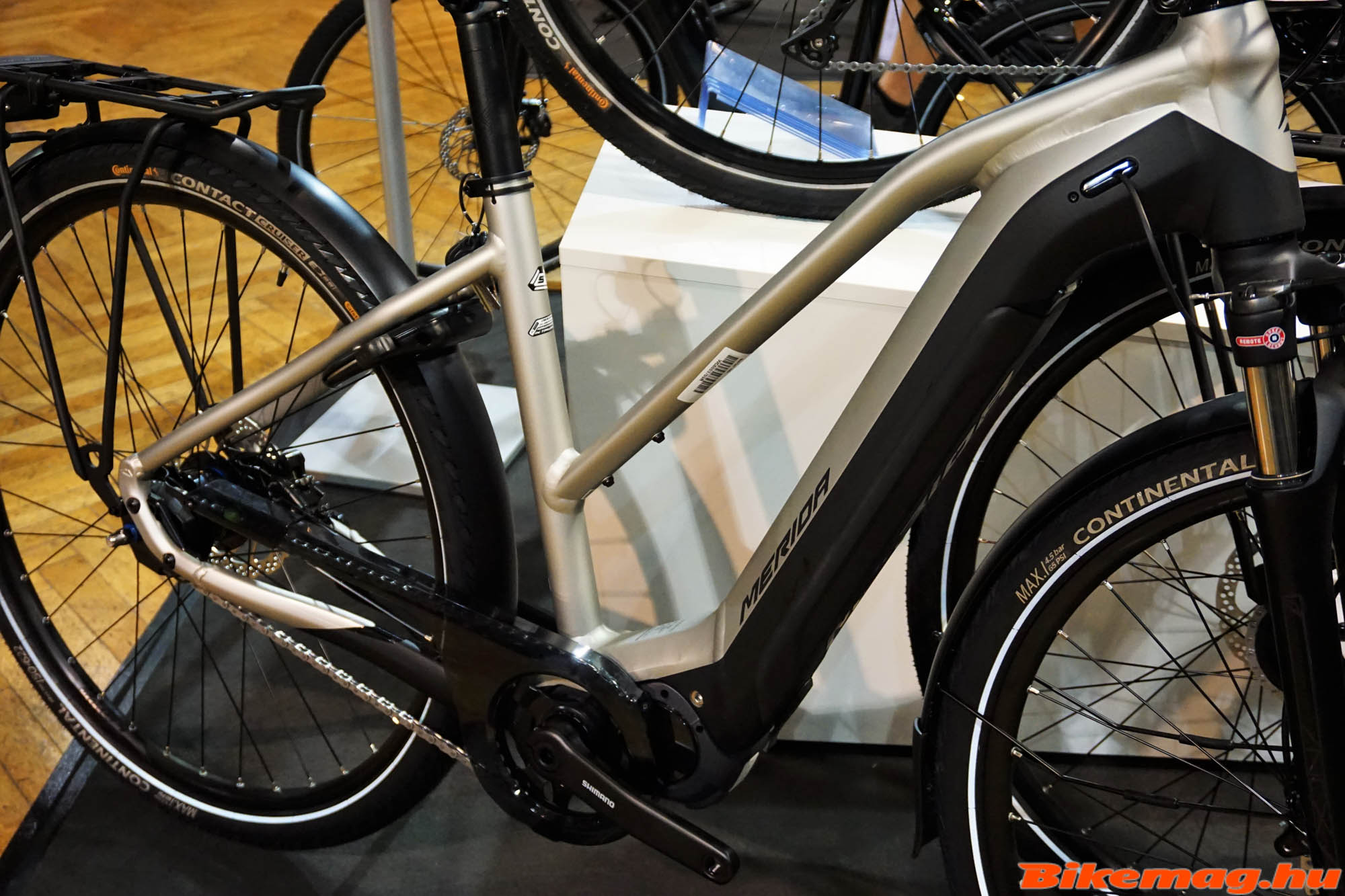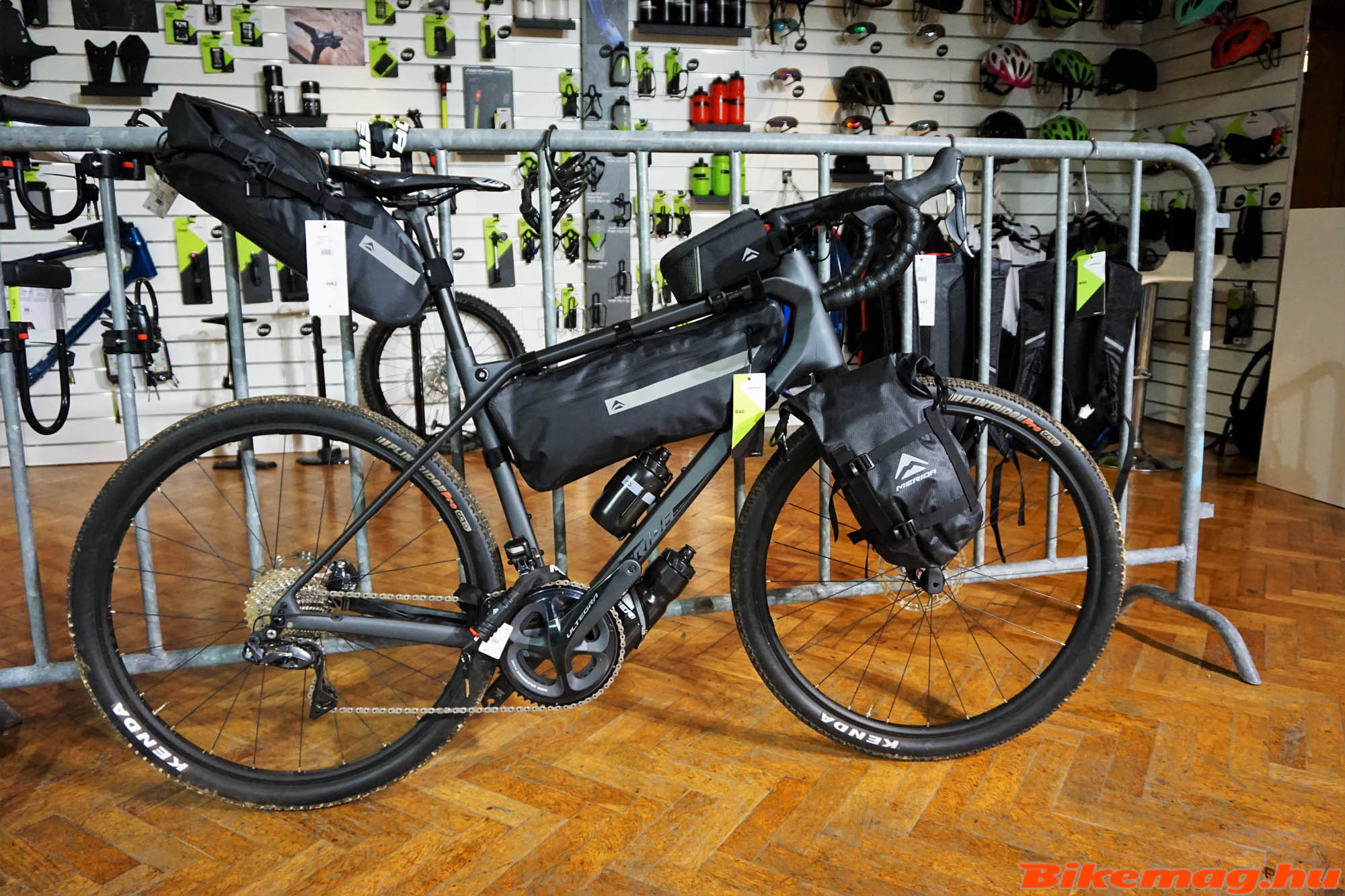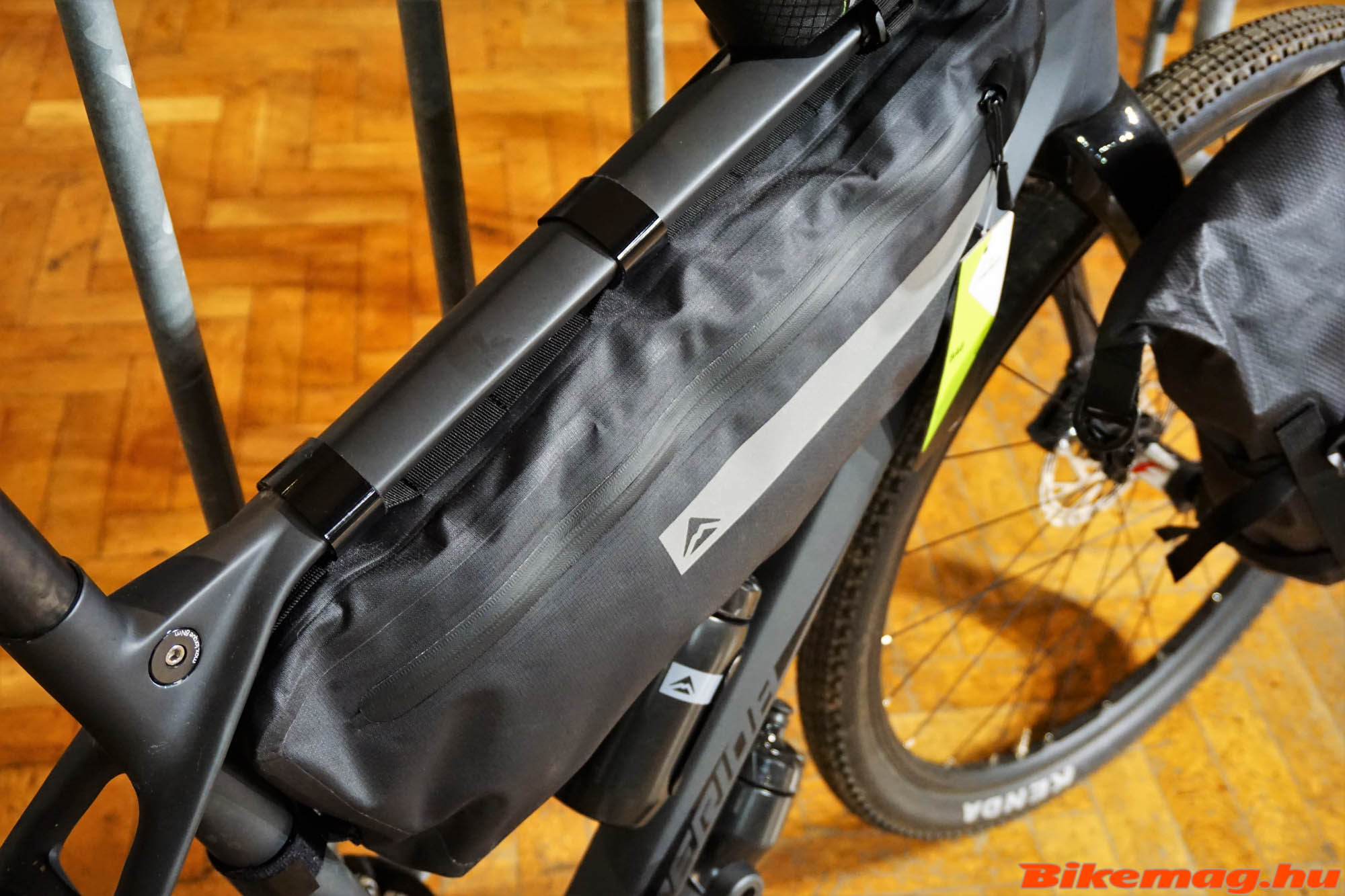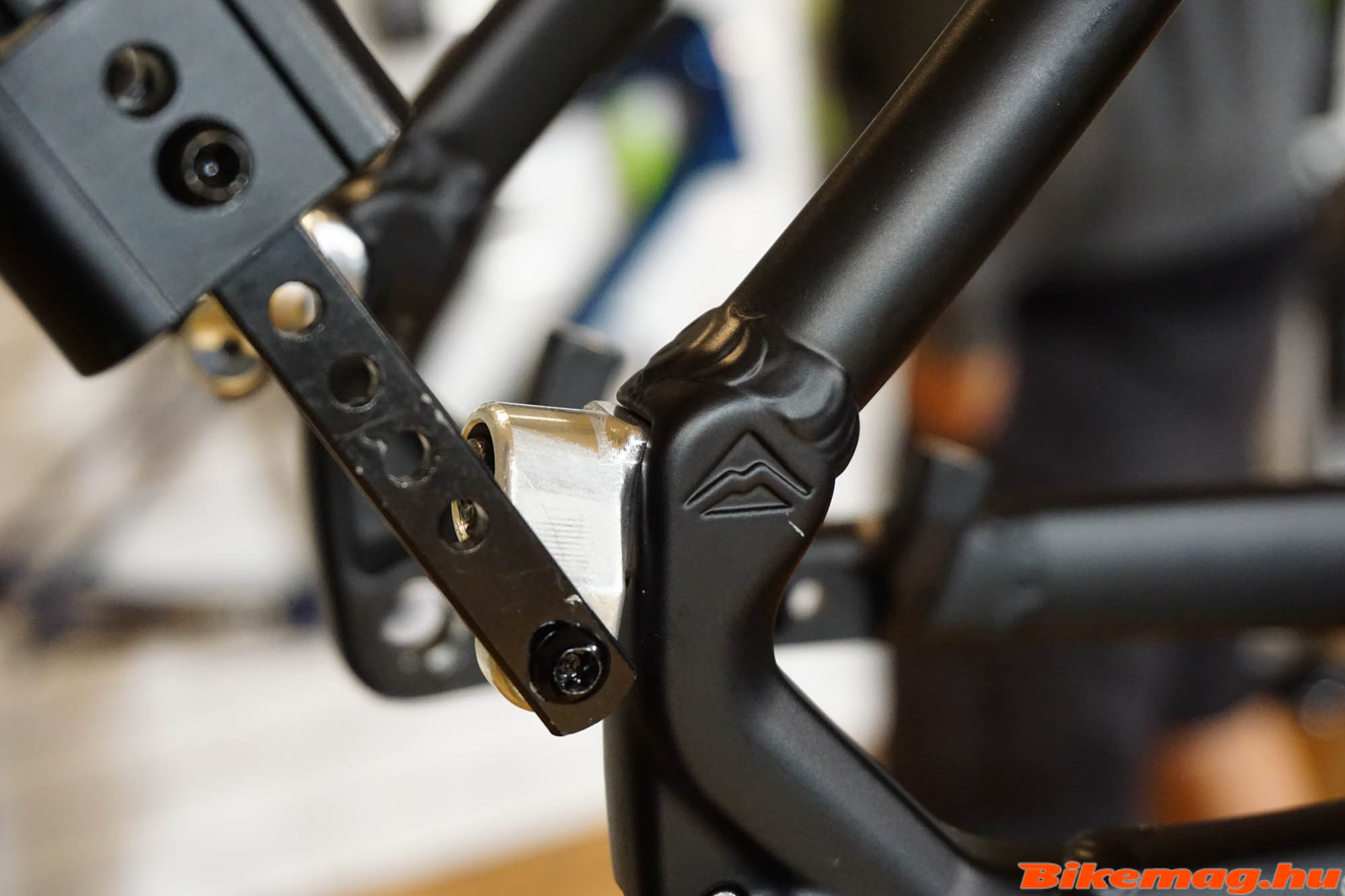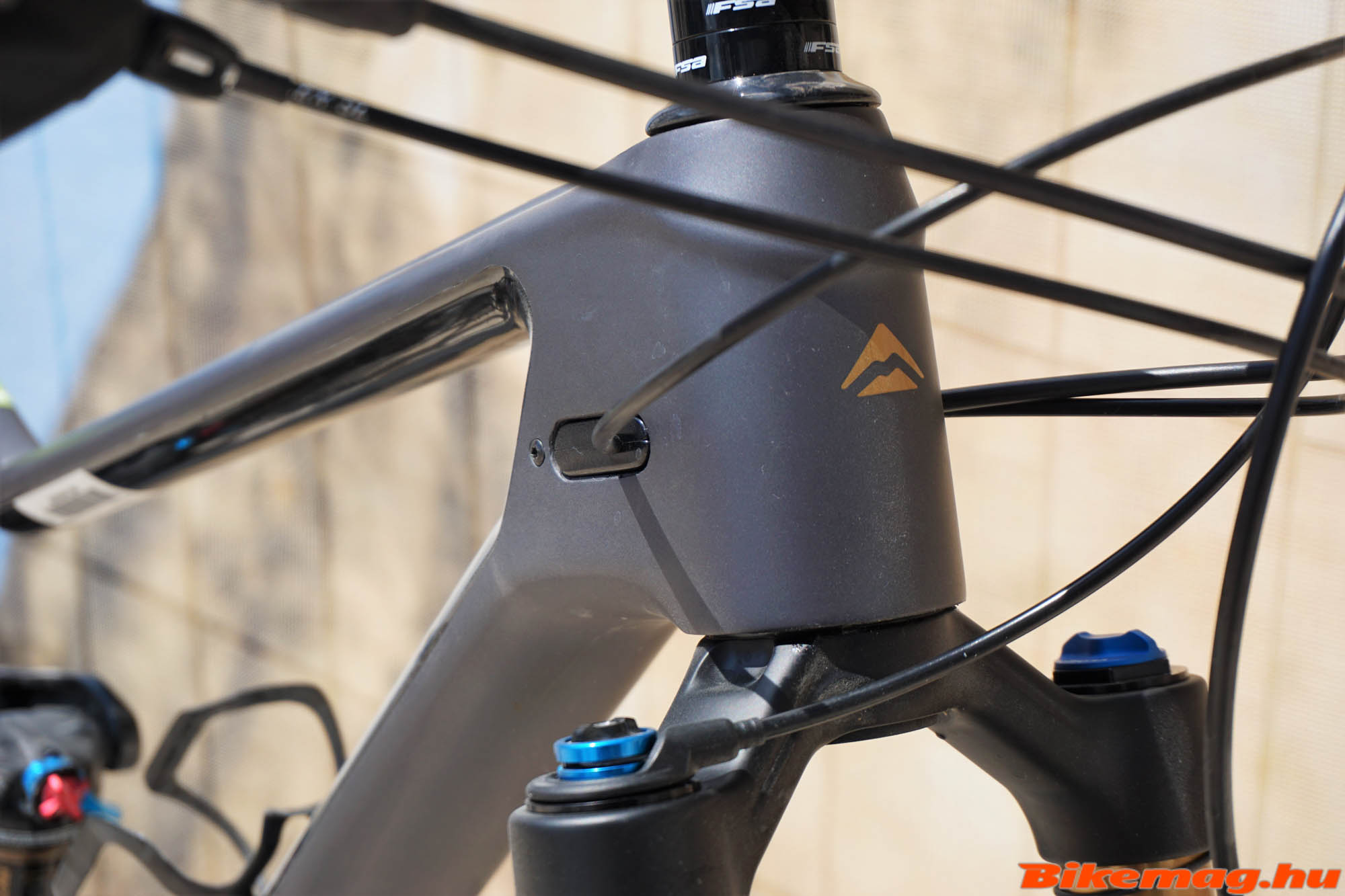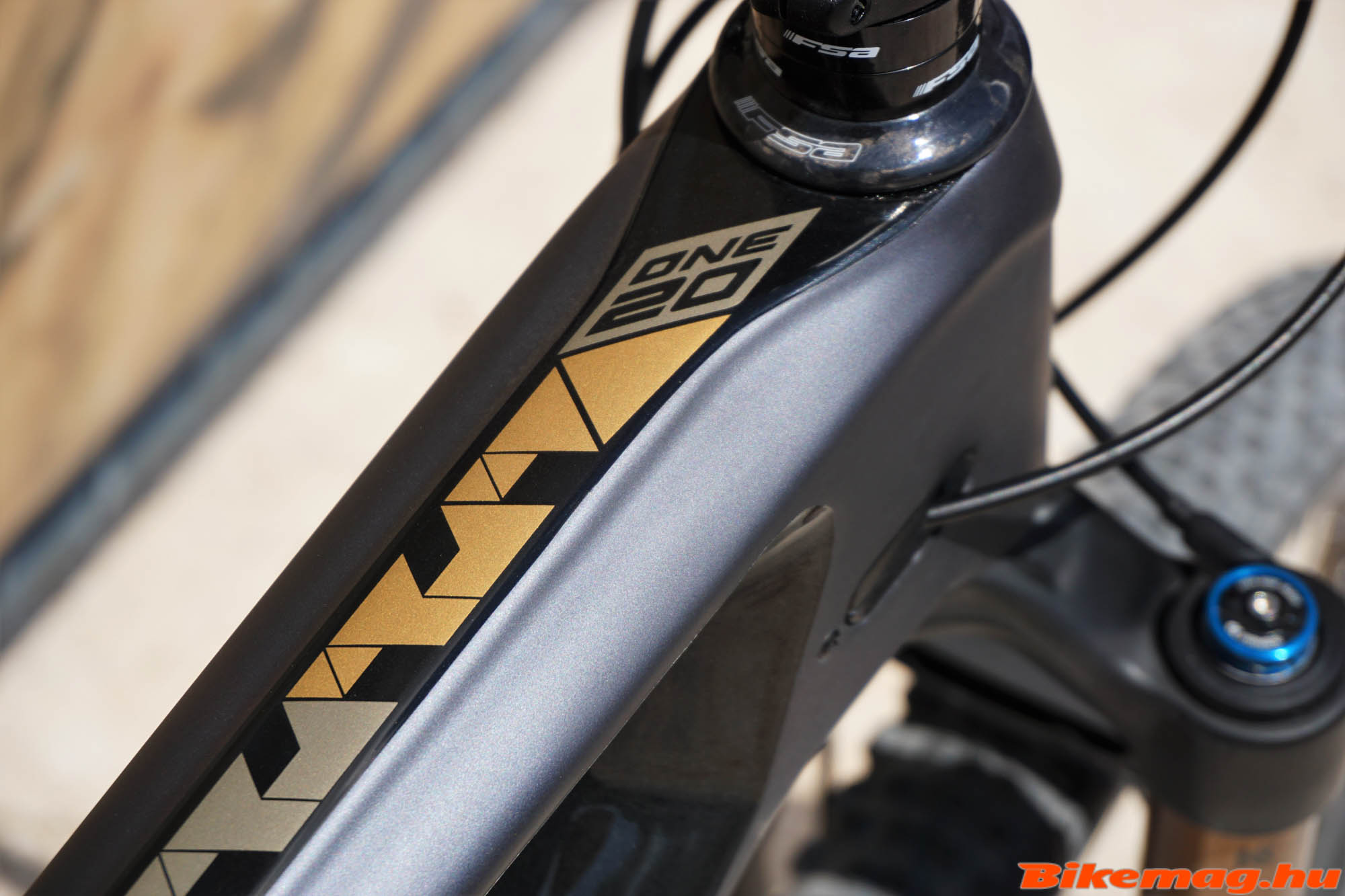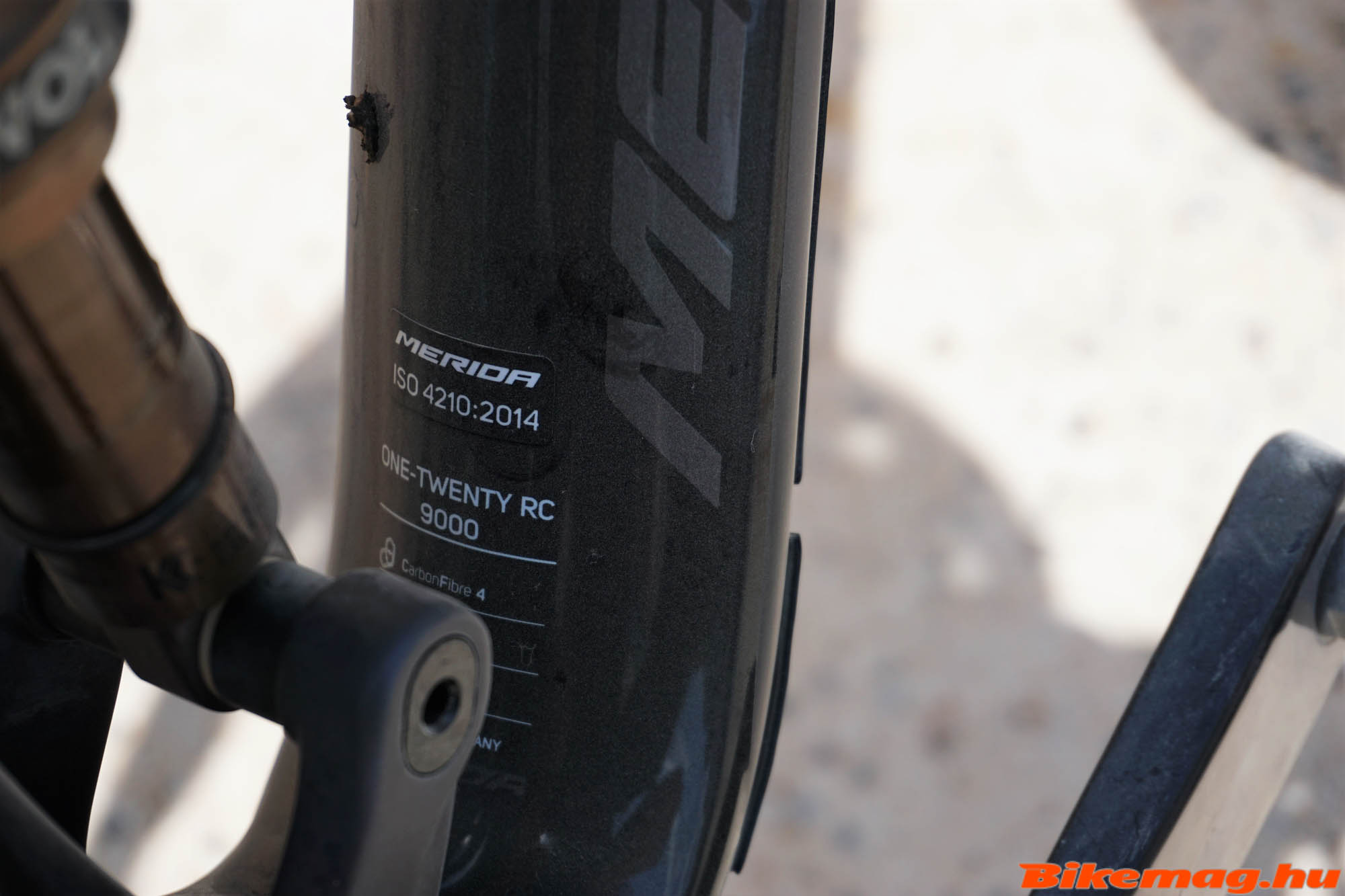BikeMag received an invitation to the annual Merida product launch in Ruhpolding, Germany. We had a chance to inspect and ride the new bikes for no less than 4 days. Similar to other bike brands, Merida places great emphasis on E-bikes, presenting brand new models in several categories including full-suspension eMTB, city and trekking. Fortunately the Taiwanese megabrand hasn’t neglected the conventional “motorless” range, launching gravel, fitness and disc brake road models for 2020.
Merida is one of the bike brands that chooses both to exhibit their new product range at the trade shows like Eurobike, and organize a huge presentation in a scenic location for those in the trade and cycling journalist. This allows us not only to inspect next years offering in advance, but to test ride the models in an ideal surrounding, on the exact terrain the bikes were designed for. This type of professional gathering also makes it possible for the visitors to ask questions from the engineers responsible for the development. I consider these bike launch events to be much more productive than the exhibitions, both in terms of receiving technical information and gathering on-hand experience. Nothing beats taking a nice long ride on board one of the new bikes models in picturesque surroundings along great trails, then asking relevant questions regarding the ideas behind the new model. At Eurobike I could only go by what I see on the display, and the personnel is less than likely to help concerning technical details.
Now let’s get down to business! We had 4 days to devote ourselves to the new Merida bikes, and we made good use of this time. As in previous years, the 2020 product launch was in Ruhpolding, in the southern part of Germany. Surrounded by large mountains, featuring perfectly smooth tarmac free from traffic, offering gravel roads and challenging trails, there is simply no better single location to try out different bikes. This is the kind of place where I would happily spend my summer vacation riding, relaxing, or alternatively visit the region in winter for skiing and enjoying other winter sport activities. It must be great to actually live in this part of the world year around!
- …on the other hand, the “pushbikes” were hanging on the racks!
We’d arrived on Thursday afternoon, swiftly occupied our rooms in the hotel and then visited the bike storage area. Just as the previous years, the first bike to go were the electrically assisted ones. The only bikes hanging from the racks were the conventional models. This was not a deal breaker for us, since arriving relatively late to the “party” meant that we’d planned only a short ride in the late afternoon anyway. The new Silex gravel and Mission fitness bike was just the right machines for a quick fun spin before the evening presentation. Right away we learned that the main novelty for the new carbon frame Silex is the 650b wheel size option, which was sadly missing from Merida’s otherwise vast range of bike models. So I grabbed of those to try!
We didn’t cover much of a ground aboard the bikes we chose, but it was a great way to get to know the surroundings. Nevertheless the experience riding the Silex 6000+ proved to be quite useful. Merida’s gravel model moved even more into the realm of mountain biking, with the new wheels it can be ridden on quite challenging, technical terrain. It also featured Shimano’s new gravel gruppo, progressing into a much more capable bike in more than one way. The drop bar Silex can now tackle even gnarly root and rock sections with relative ease and comfort while ensuring adequate control.
The official product launch took place in the evening. It was evident that the E-bike segment has taken the limelight for the developments in 2020. These models – including the eONE-SIXTY we review previously – probably took most of the engineering resources at Merida.
From our eONE-SIXTY test and market feedback it’s clear that the E-bike line turned out to be a great success, evidently it was worth all the effort and company resources. At the presentation we learned that the eONE-SIXTY will have a young sibling in 2020 the form of the eONE-FORTY, sharing much of the frame construction with a shorter travel fork and rear shock. Fortunately it’s paired with a smaller price tag as well. Likewise, there are new models in the city and trekking E-bike segment. The eBIG.TOUR is equally suitable for both road and off-road terrain, the eSPRESSO is mainly intended for riding in the city environment, but it also has a TK and CC model variant for those who like to occasionally venture off-road on their commuter E-bike.
Moving on to the conventionally driven bikes, the SPEEDER series will see a complete revamp for 2020. The frame will have cleaner, elegant design, sportier geometry targeting head on the ever-popular fitness market segment. This type of bike allows the rider to move swiftly through traffic along city streets, but it could also be a good choice as a training bike out on the road.
Along with the recently introduced Mission CX cyclocross model, Merida will add a disc brake equipped touring road bike to its range, aptly named Mission Road. Basically the two share the same frame design, differing predominantly in the equipment. Based on our experience we’re glad that the excellent frame will have a wider slice of the market. The handling is spot on for cross, and its agile – quicker than gravel or adventure bike – handling will be embraced by those who are looking for a touring, training or commuting bike. The Mission Road can easily accept 32mm wide road tires leaving plenty of room for mudguards as well. The head tube angle is just slack enough for control off-road, albeit with very little compromise on the road handling. There is a really fine line between these types of riding, but Merida now has a tailor-made model for each one.
- SRAM Force electronic shifting
There are also one or two novelties in the MTB segment of the Merida range. For example, the ONE-TWENTY will have a RC edition which have only been previously available to the professional riders like Hermida and Rodriguez at the Cape Epic MTB stage race.
We shouldn’t forget about the new kid’s bikes for 2020! Merida is paying close attention to the development of new cycling talent, their range for the youngsters are not only eye-catching, but are packed with refined technology to keep them light and working just as precisely as those designed for adults. The weight advantage will allow kids to pedal more efficiently – especially uphill -, besides it makes the parents’ life easier too when they have to lift the bike onto roof racks or carry them upstairs.
I started this write-up with the new Silex, so let’s mention that next year the customers will be able to choose this model in 700c or 650b wheel size, single or double chainring, Shimano or SRAM equipment – hence each and every rider will get exactly the bike which suits the usage, terrain, tastes and expectations. From 2020 Merida will also be offering some useful accessories such as touring frame bags, allowing you to take the Silex wherever you wish.
After so much talk about the Merida bike tech, I need to tell you about my ride experience as well. I left off with the short ride before the presentation. On the second day we continued where we left off the previous night: in the morning we each left aboard one of the Silex gravel bikes available, taking a full-day excursion like most people would. One had a double chainring setup paired with 700c wheels, the other a single drive with 650b hoops. Half way along the tour we swapped bikes, so each of us could not only experience the brand new model, but offer input on how the two versions of the Silex rides with different drive systems but all other components being equal. Not far into the future we’ll publish a full comparative review based on our shared experience. Since it’s not nice to build up the hype and then let the reader hanging, I should disclose having a strong preference for the larger wheels and double chainring setup for gravel touring!
The third day began with a “great sin”. We each reserved and taken a new eONE-FORTY eMTBs, riding steep uphill gradients like a fanatic, clearing most obstacles in our sights with the amount of travel we’re not really used to. Then came a pine forest segment with plenty of fallen trees, where we managed to ride some, but not all obstacles, so we had to lift the bike over sizeable logs and branches. It wasn’t the easiest thing I have ever done on a bike, but we both managed despite the added heft of the E-bikes. The downhill section was fortunately already cleared from forestation debris, but proved to be a great challenge due to the steep gradients and the difficult terrain. I have to say that even in such circumstance I now prefer to be on a long travel eMTB like the eONE-FORTY. It made up for my technical shortcomings in riding extreme MTB trails. The low center of gravity was welcome, the added weight was at the best possible place making bike handling much easier than with conventional mountain bikes. Merida has done an excellent job designing a bike that not only trail worthy, but manages to take the shine out of specialist MTB fullys!
For the afternoon ride I chose the Merida model that’s the closest to my heart, the Reacto. This is the Taiwanese brand’s aero road bike ridden at the highest level of professional racing. The top-of-the-range model is equipped with SRAM eTap AXS 2×12 wireless electronic shifting, and it was there to try out. This was clearly an offer that I simply couldn’t refuse. The frame was great, worthy of the great hype, but the SRAM top-tier gruppo was unfortunately somewhat of a disappointment. And it was not only me who had niggles with the eTap AXS, other colleagues had complains as well. The good news is that the Reacto is also available with the best Shimano components, I believe outfitted with those parts the bike can really shine.
As heavy rain was forecasted for the following day, I decided to take out new Speeder in the evening, just before the test center was closed for the day. It’s evident that Merida has been offering this model for well over a decade, they could draw on plenty of experience when it came to refining and updating the new 2020 version. It’s perfect for the intended application, not that previous models could be faulted in any shape of form. Just as the performance, aesthetics are also spot on in my opinion.
As it had been predicted, there was no riding on the menu for the last day. So we just took photos of the bikes. The only good thing the heavy downpour was that all the bikes were present, the complete Merida 2020 range. It’s an awesome sight to see so many hi-end bikes in one place!
While busy with taking the pictures, I spotted Merida’s head of development, Jürgen Falke adjusting the cabling on one of the bikes on display. For one it’s quite unusual to see the “big boss” carrying out such duties, on the other hand manufacturers rarely pay such great attention to details of their test fleet. Nevertheless, it illustrates Merida’s approach to bike design quite well: everything must be perfect, no detail is to be overlooked. This philosophy is what got the Taiwanese brand to where it is in 2020!
You can find the most recent Merida models on the Hungarian distributor’s website.
Further images: (left to right row by row)
- eMTB were lying everywhere!
- What do you think about the color of the Big.Nine 8000?
- Big.Nine 8000 close up
- Finally bikes have color!
- More colors!
- Female riders will certainly embrace the new design!
- All the bikes in one place
- eBig.Tour models outfitted with mudguards
- The new eSPRESSO
- The Silex equipped with luggage rack and mudguards
- Integrated hex key for the thru-axles
- eSPRESSO with internal hub gearing
- Everything needed for city riding
- Integrated battery pack
- The Silex outfitted for bike packing tours
- Bikepacking saddle bag
- Check out the Velcro fasteners!
- Custom rear rack mounts
- The top-of-the-line One-Twenty RC
- Original paint scheme on the One-Forty
Videos:
eONE-SIXTY:
eSPRESSO:
https://youtu.be/0okzxDEKY24


